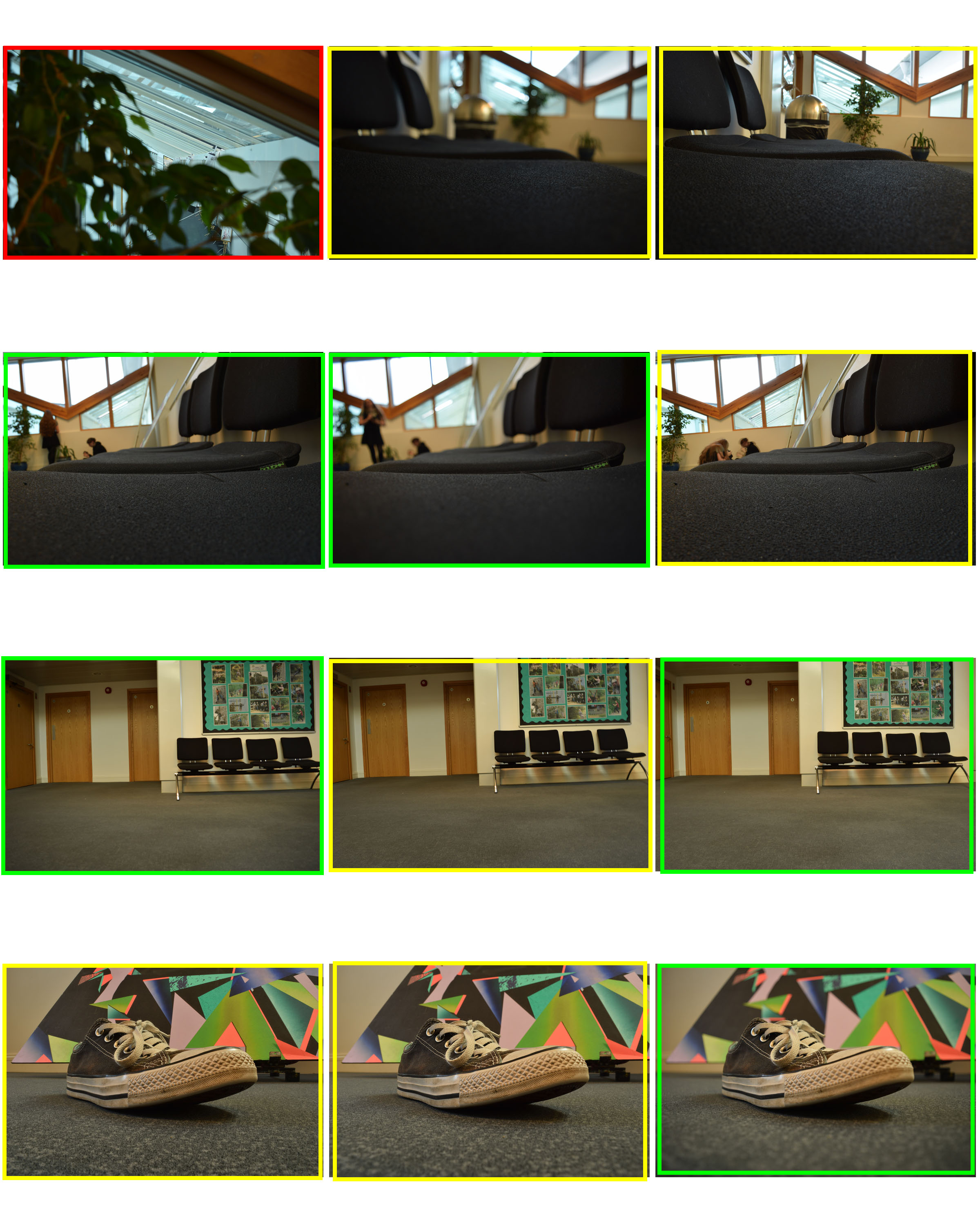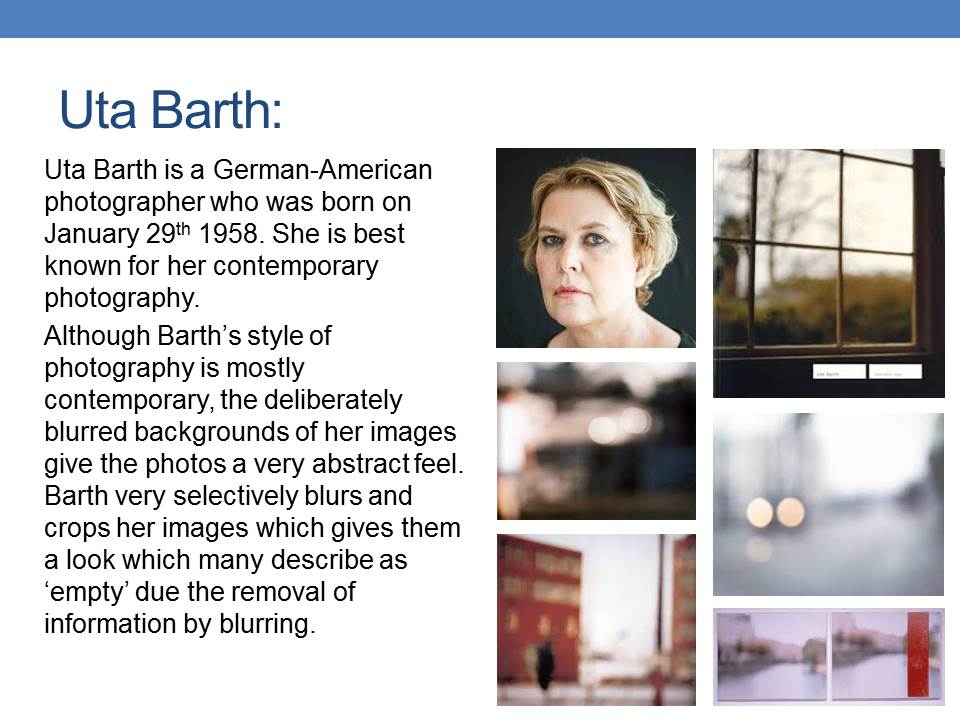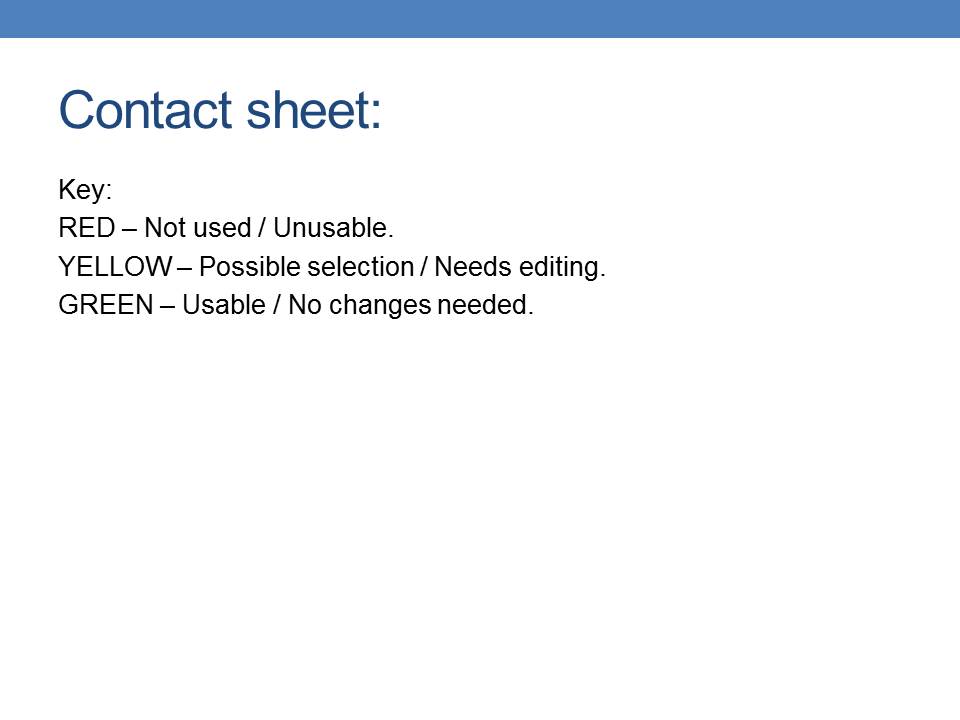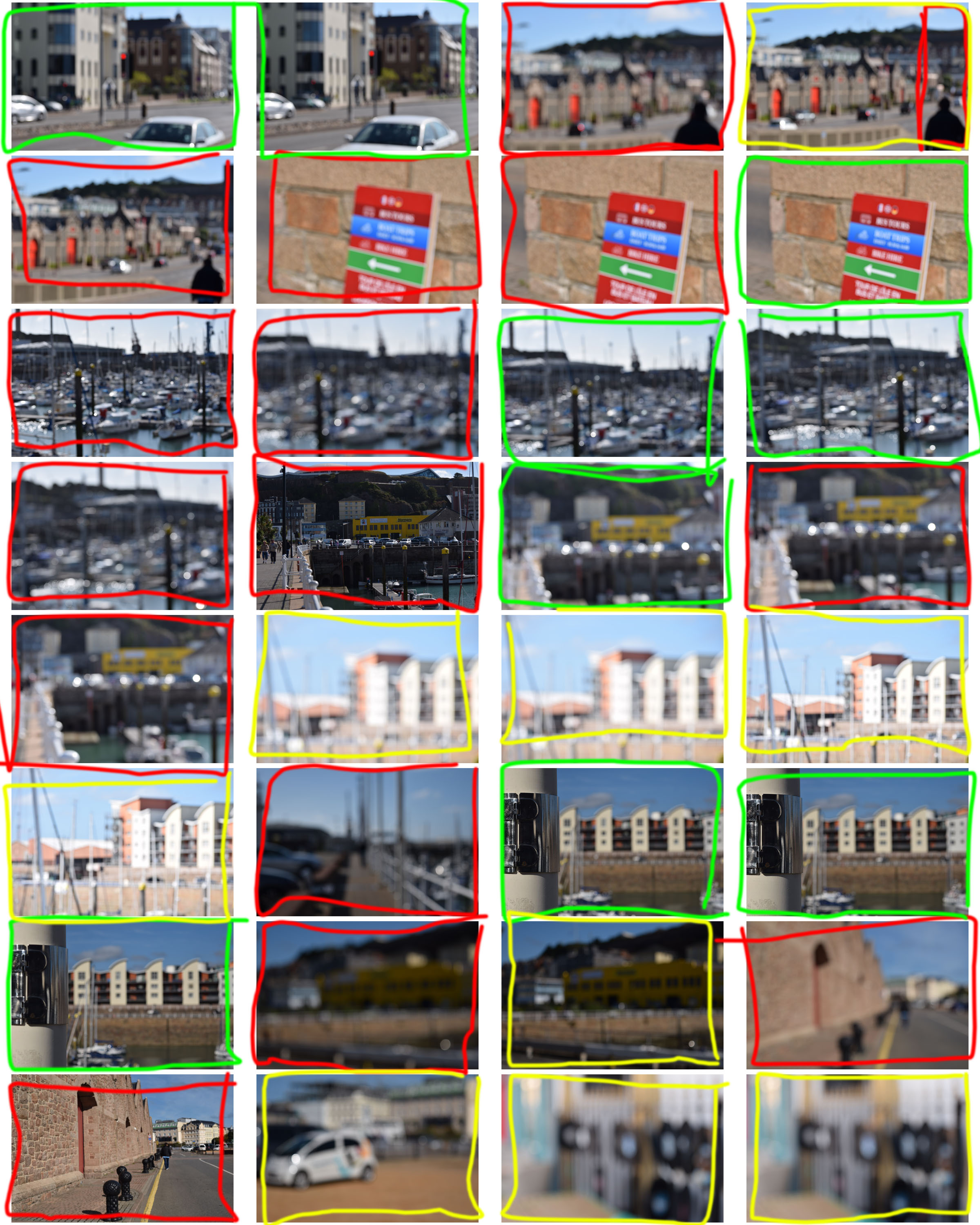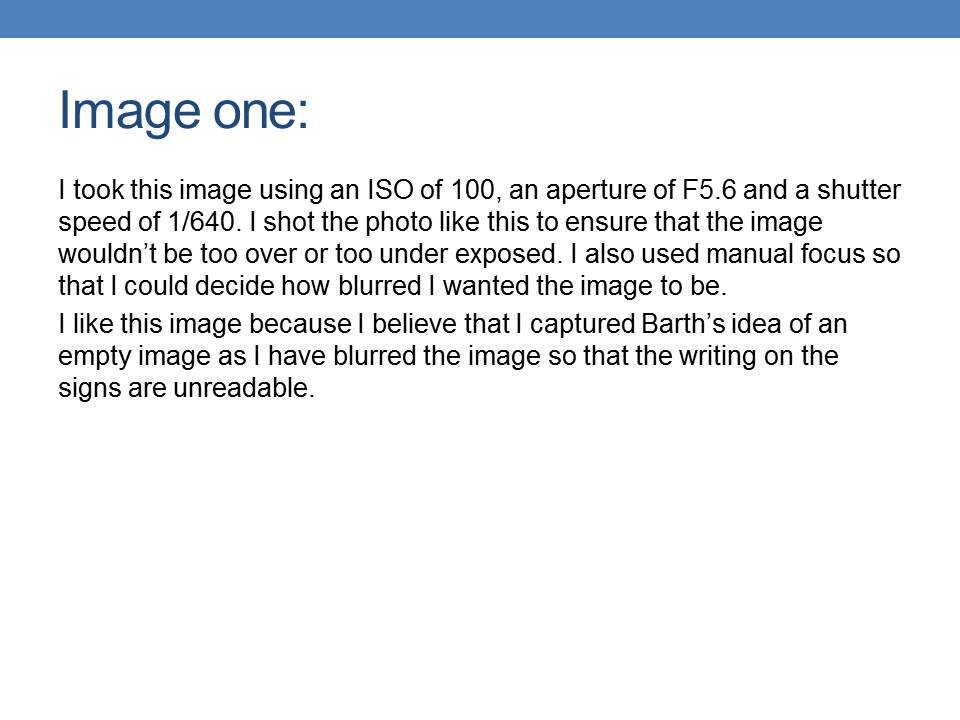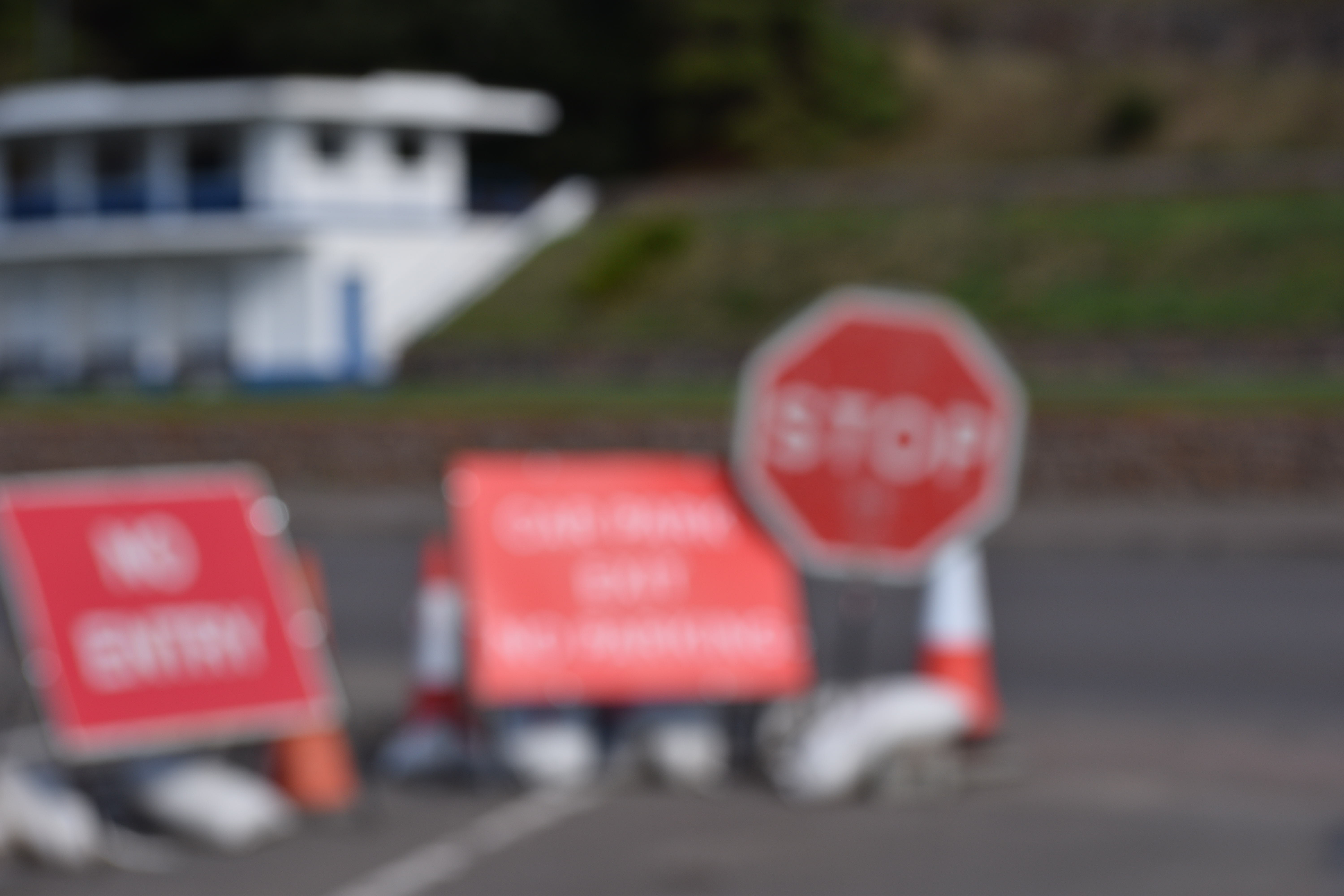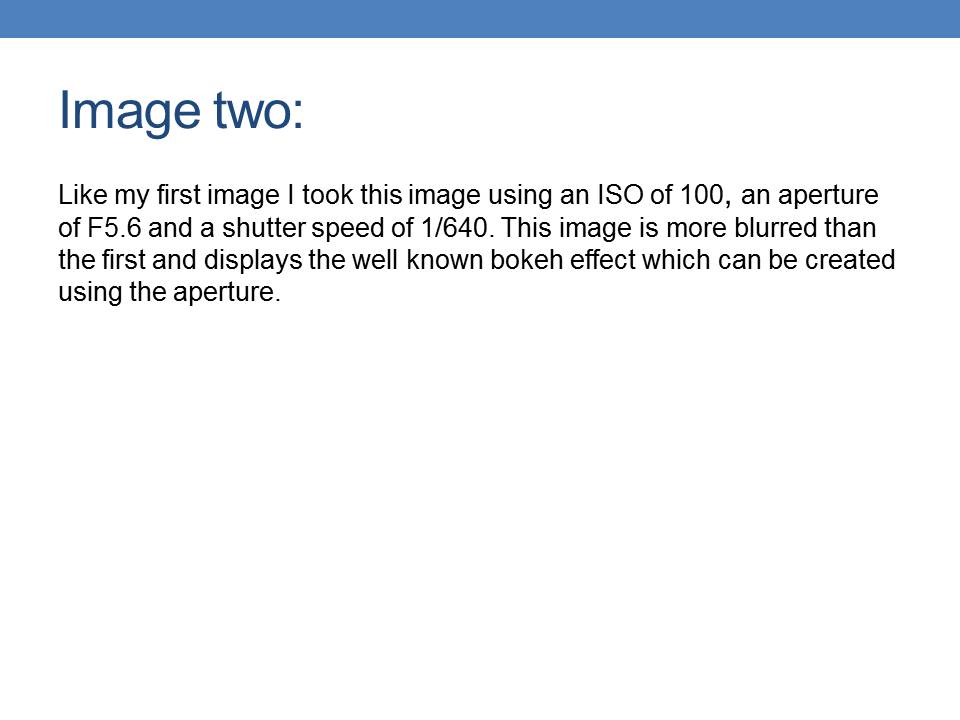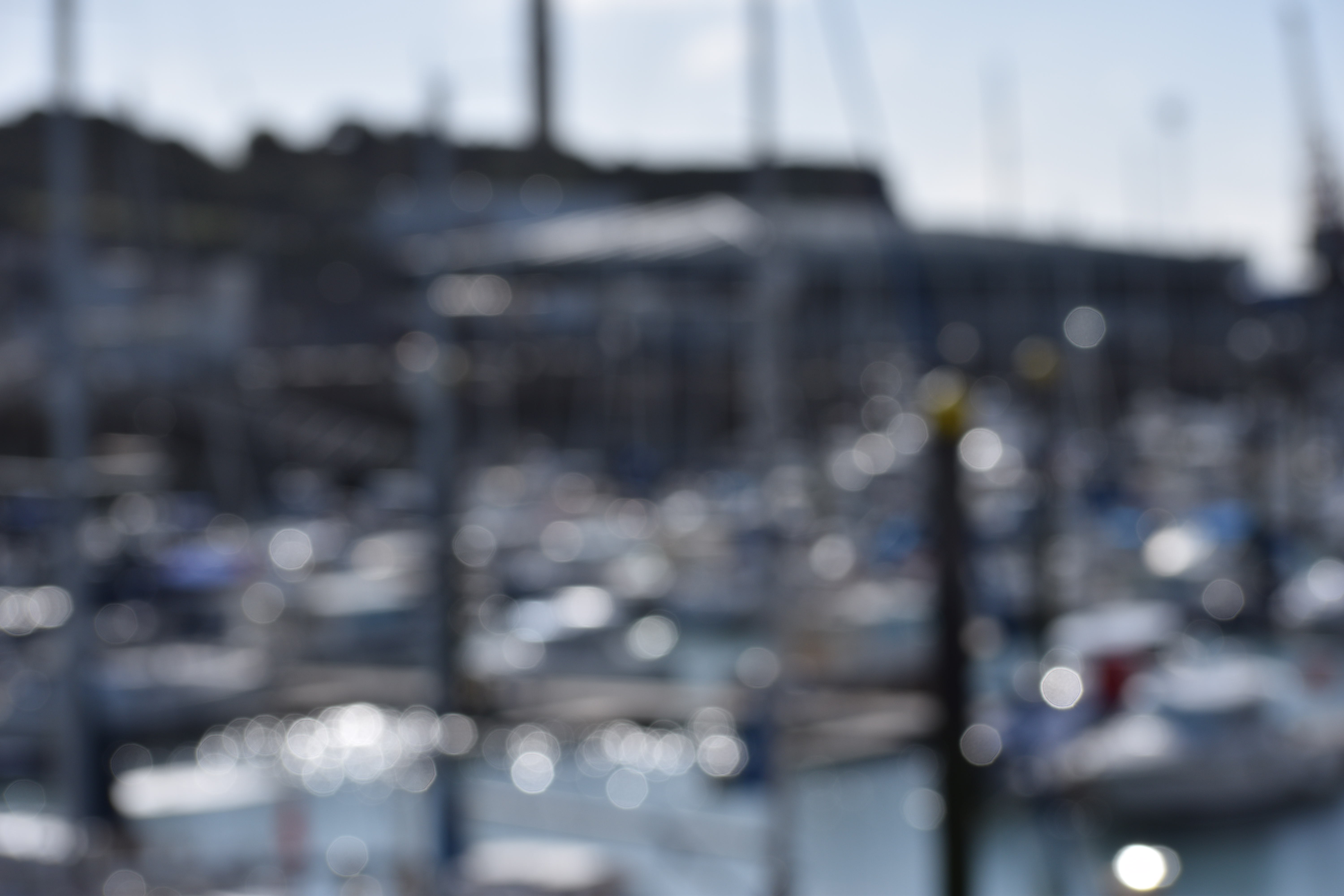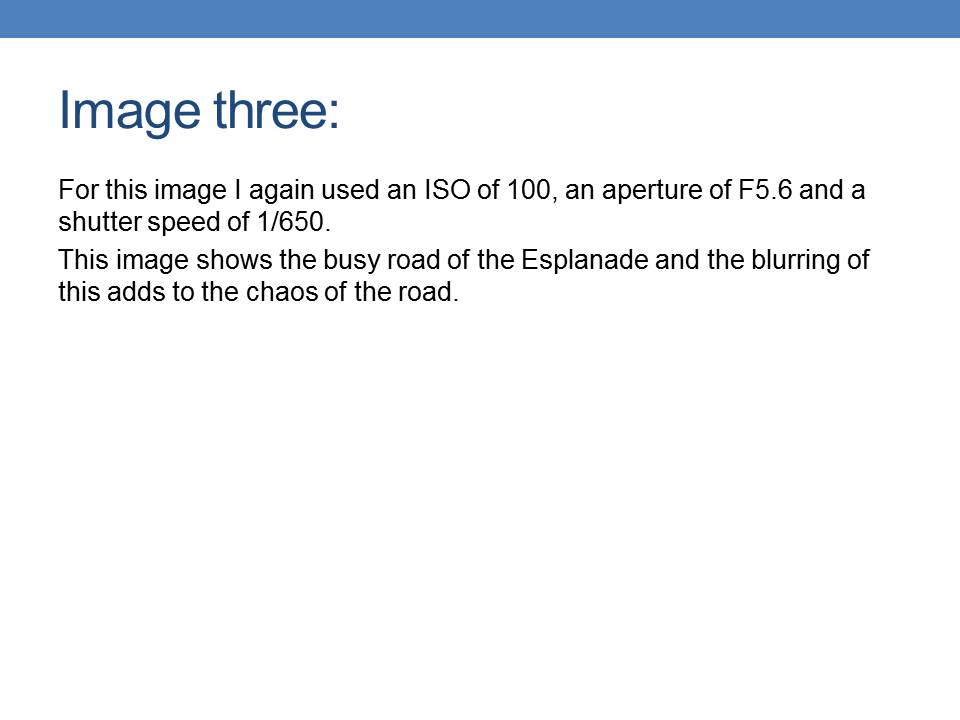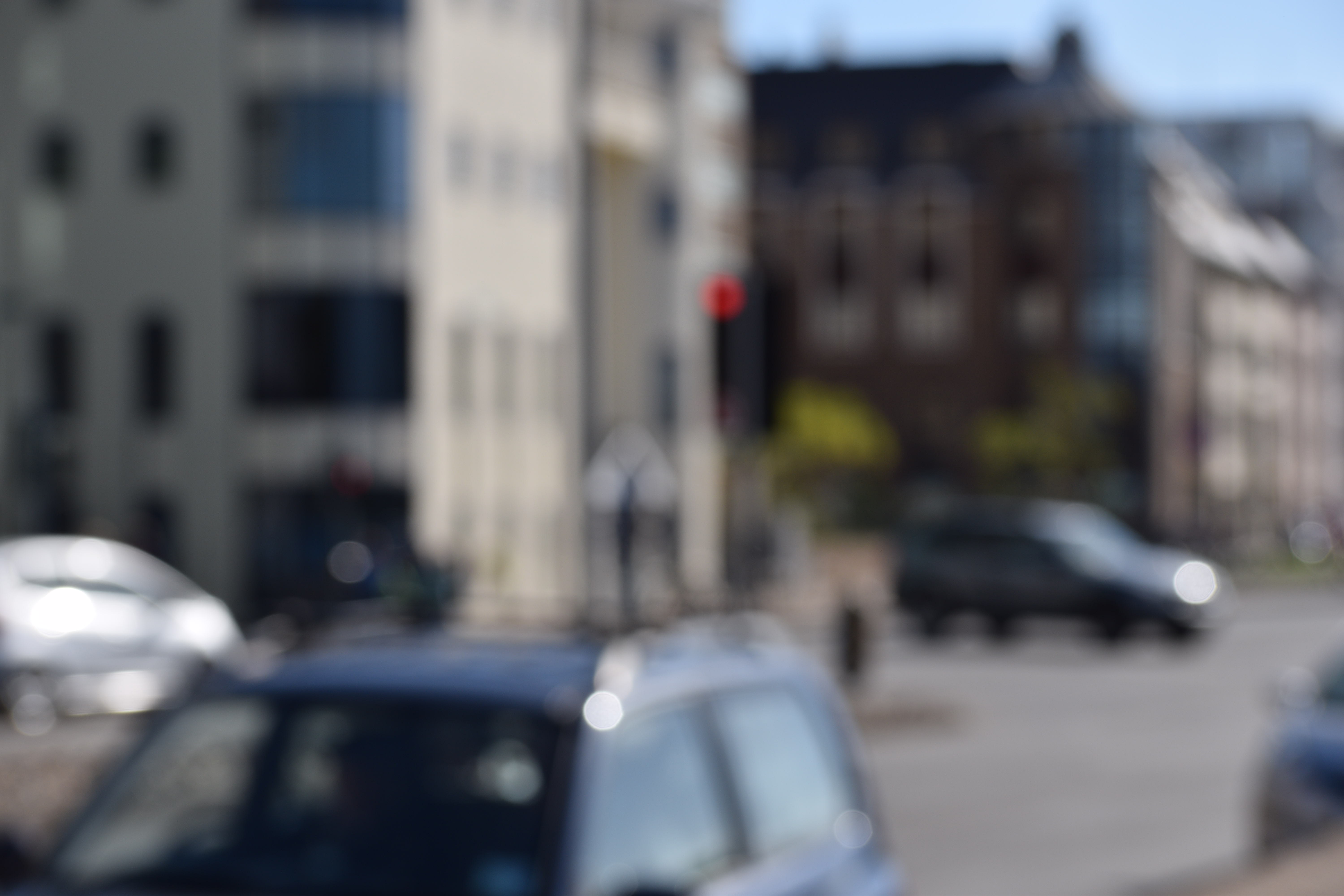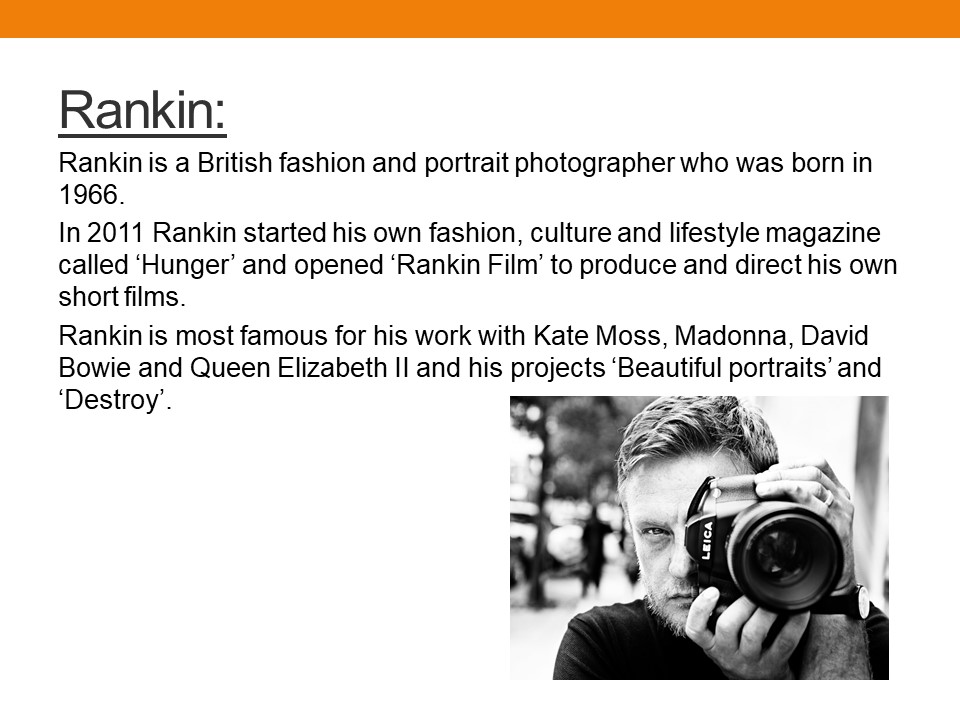
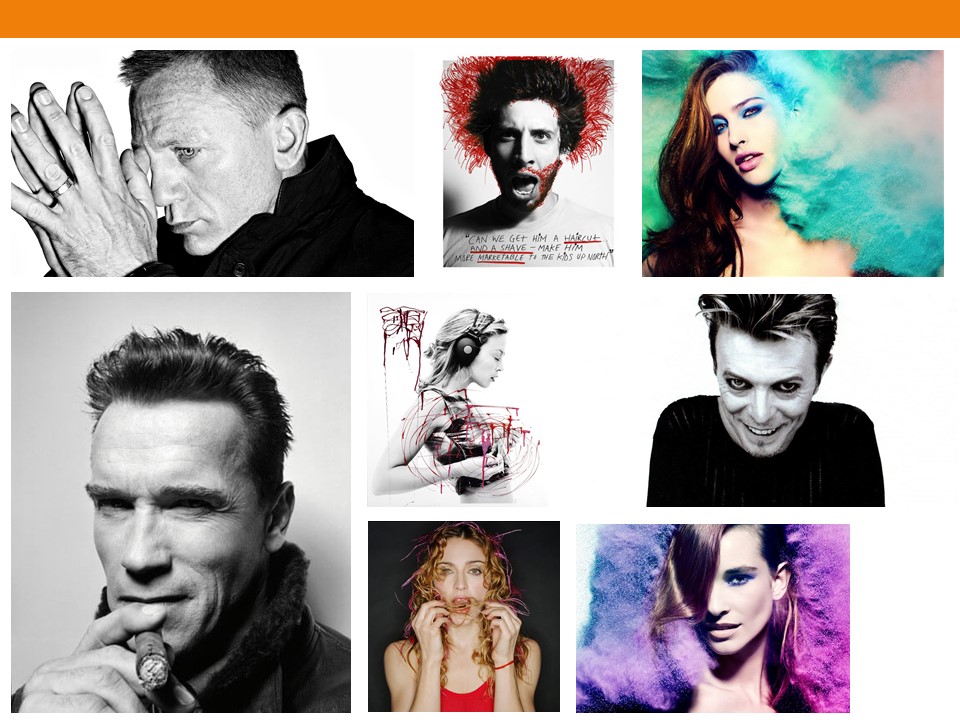

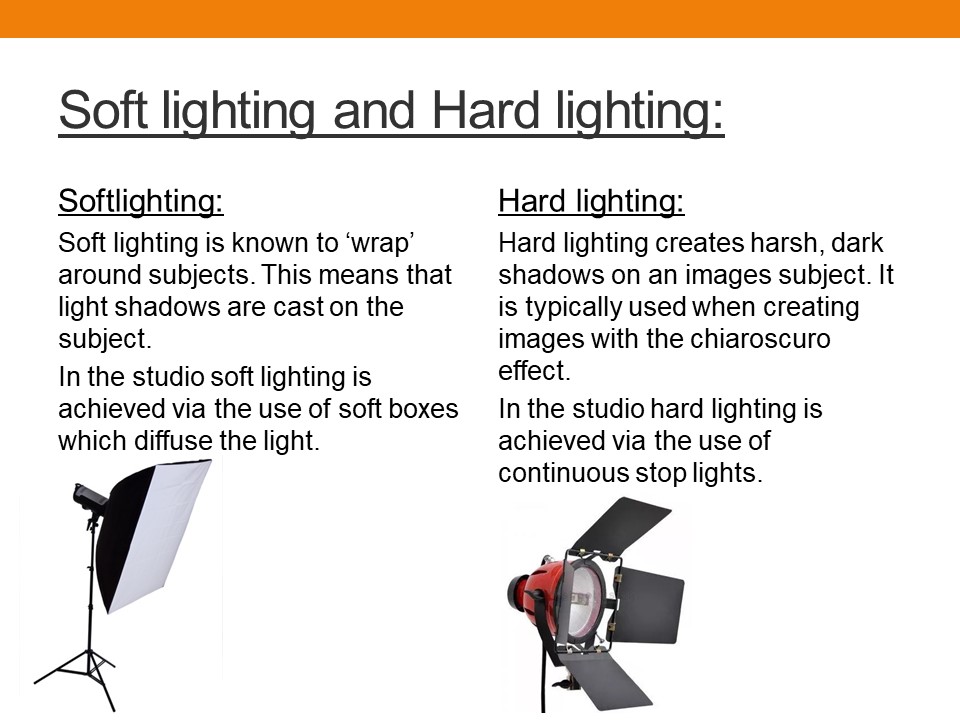



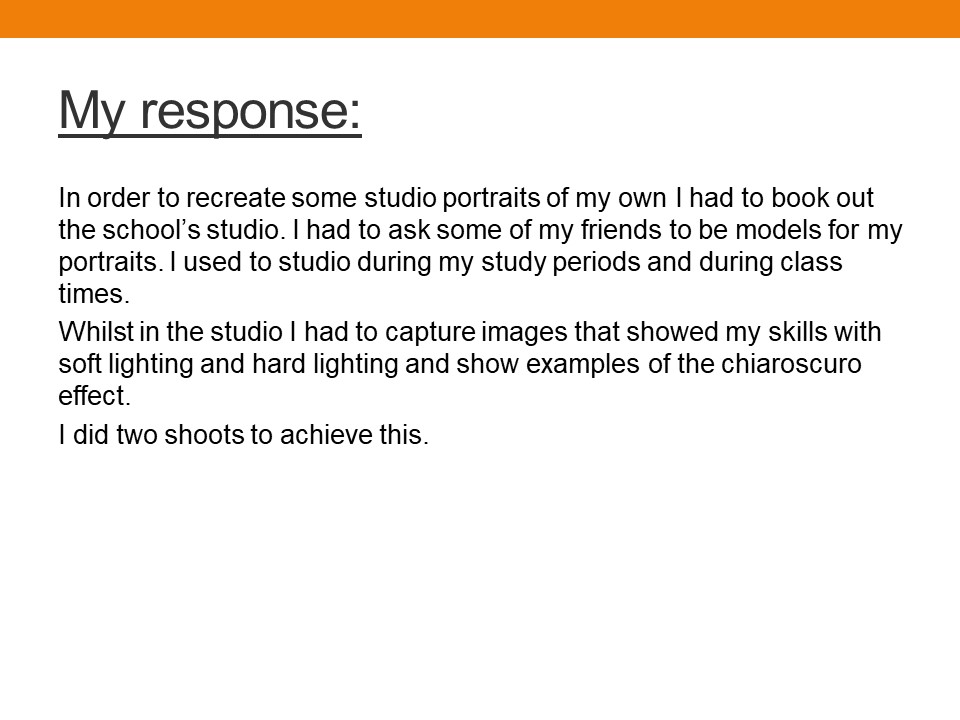
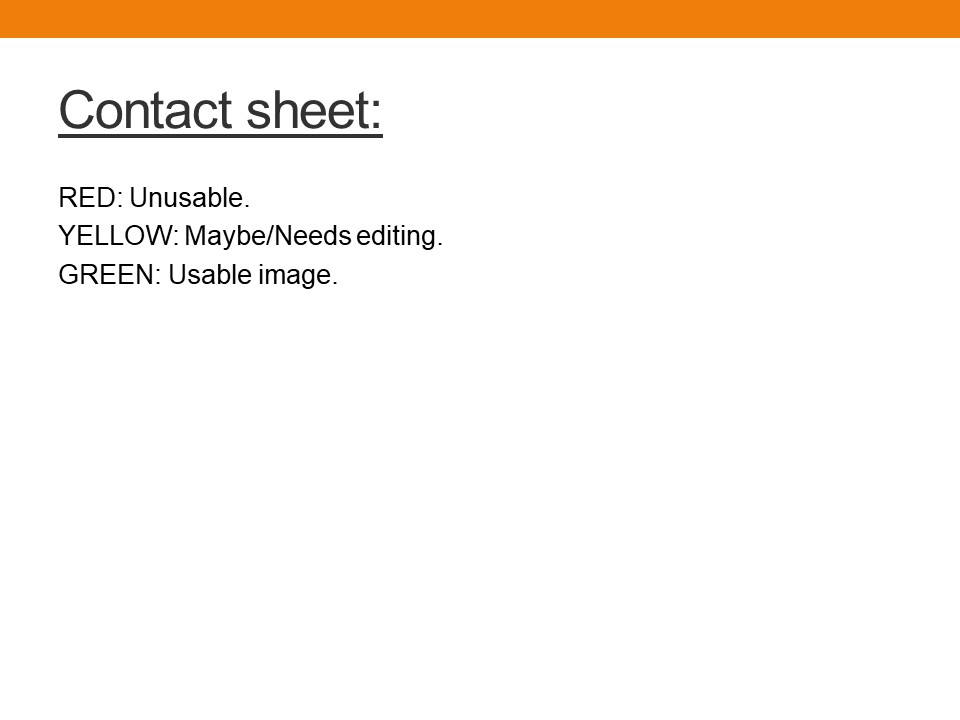

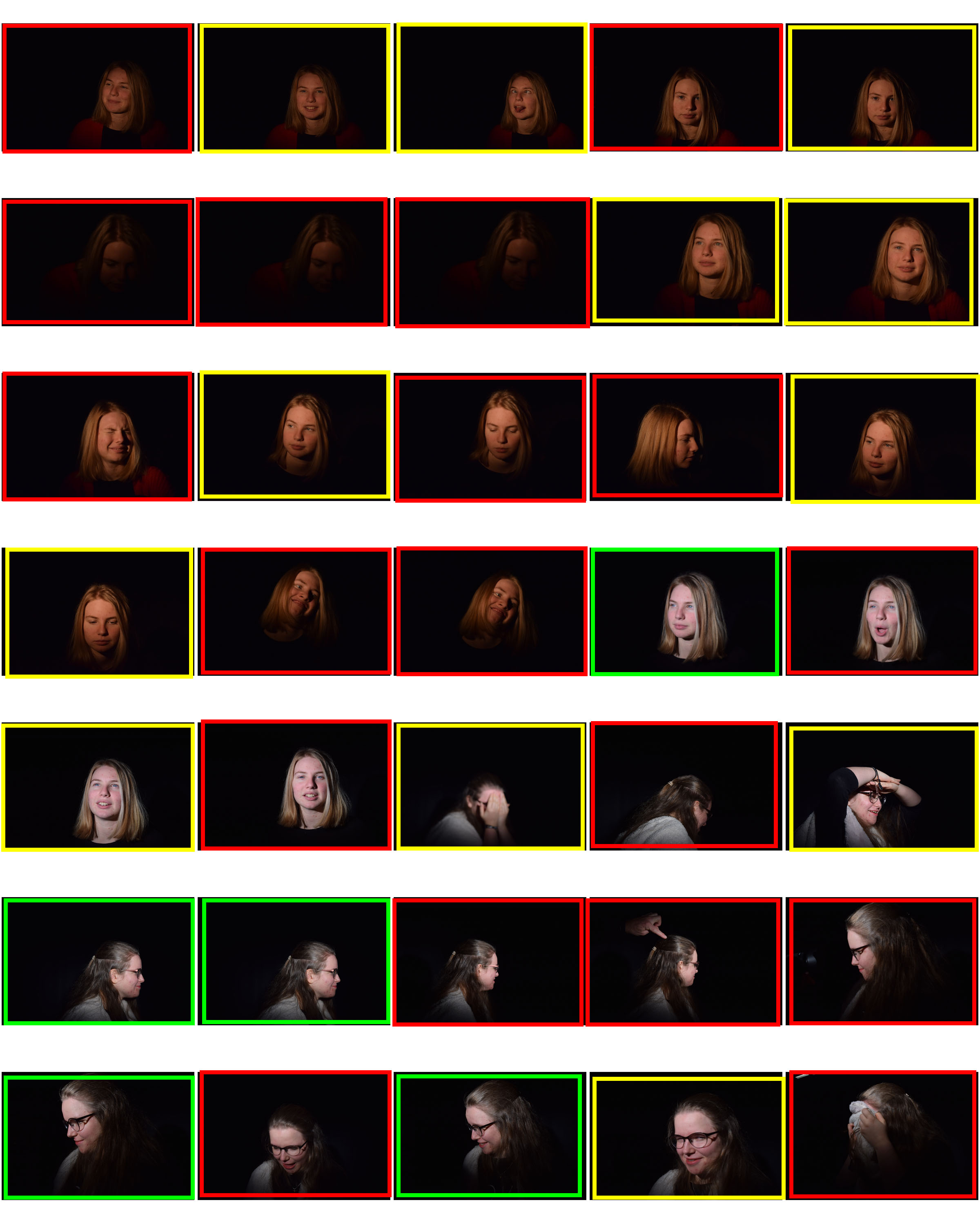

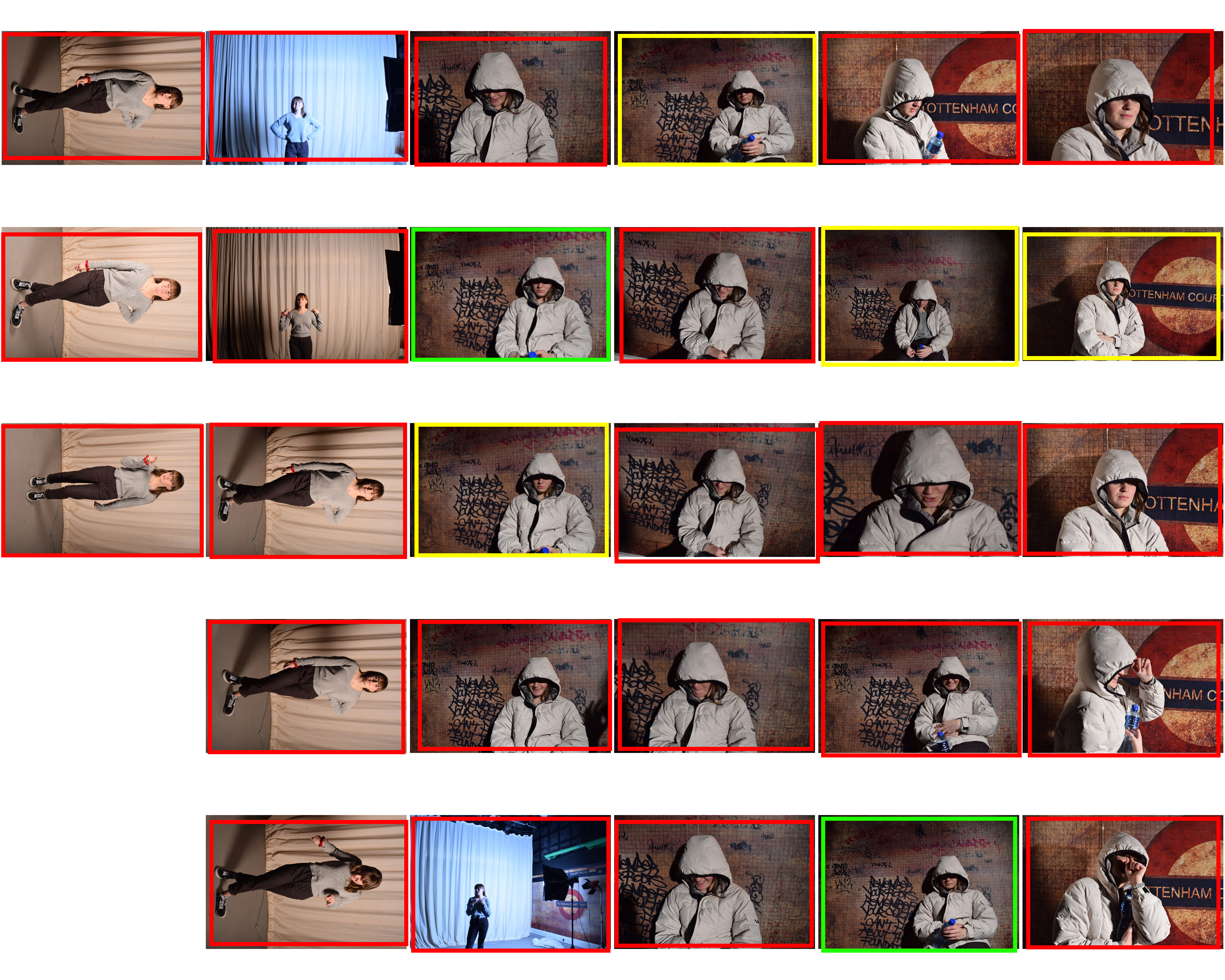

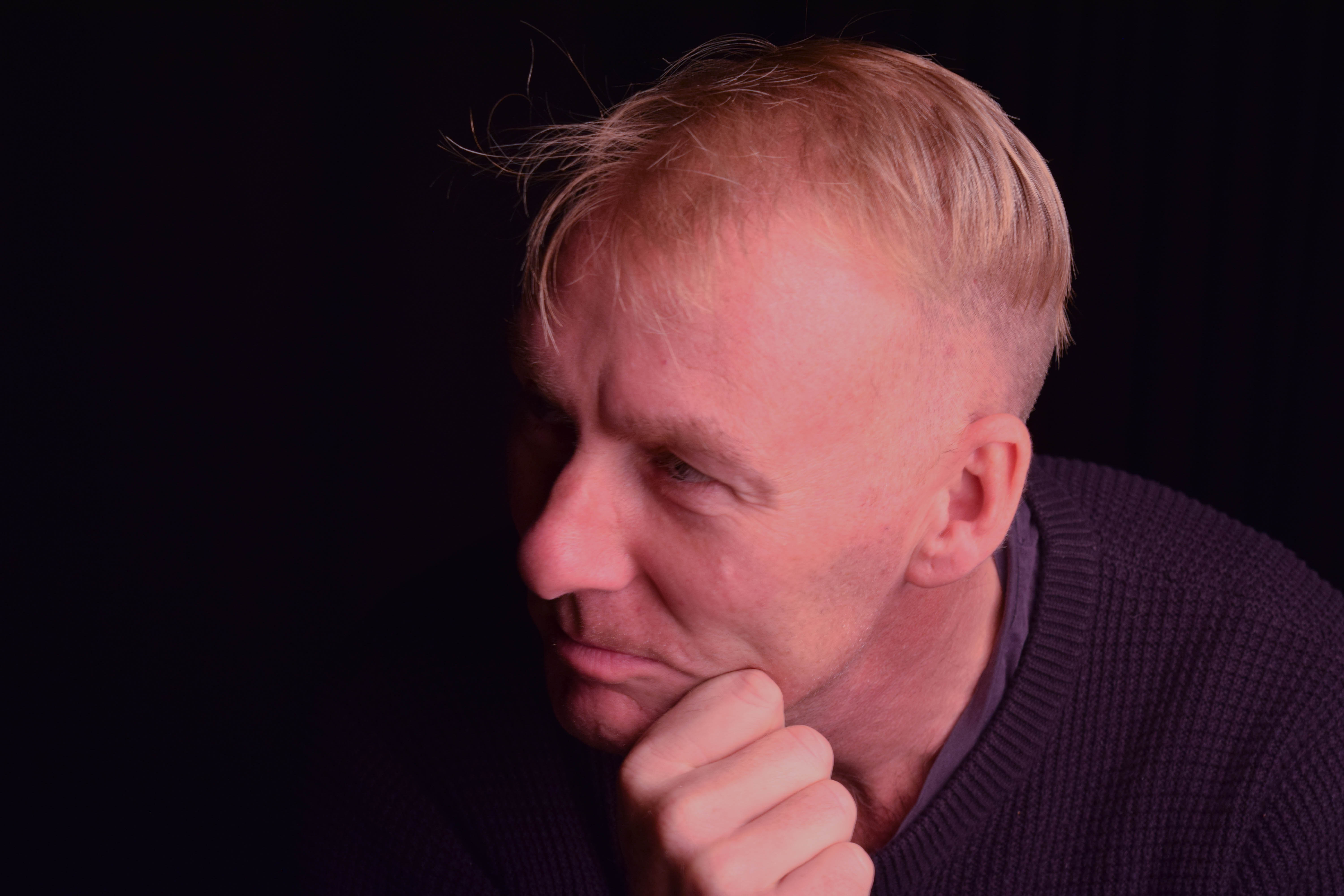

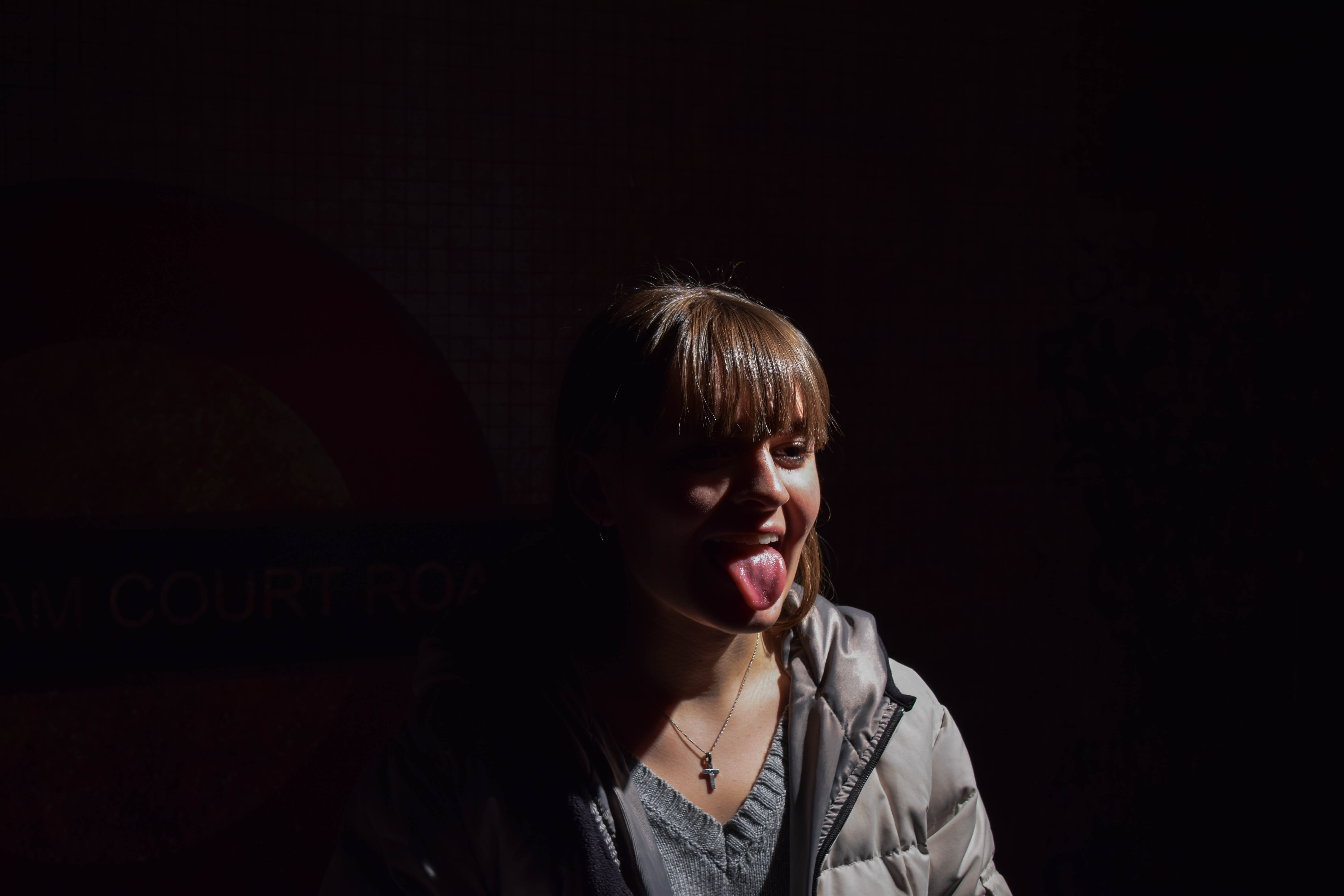

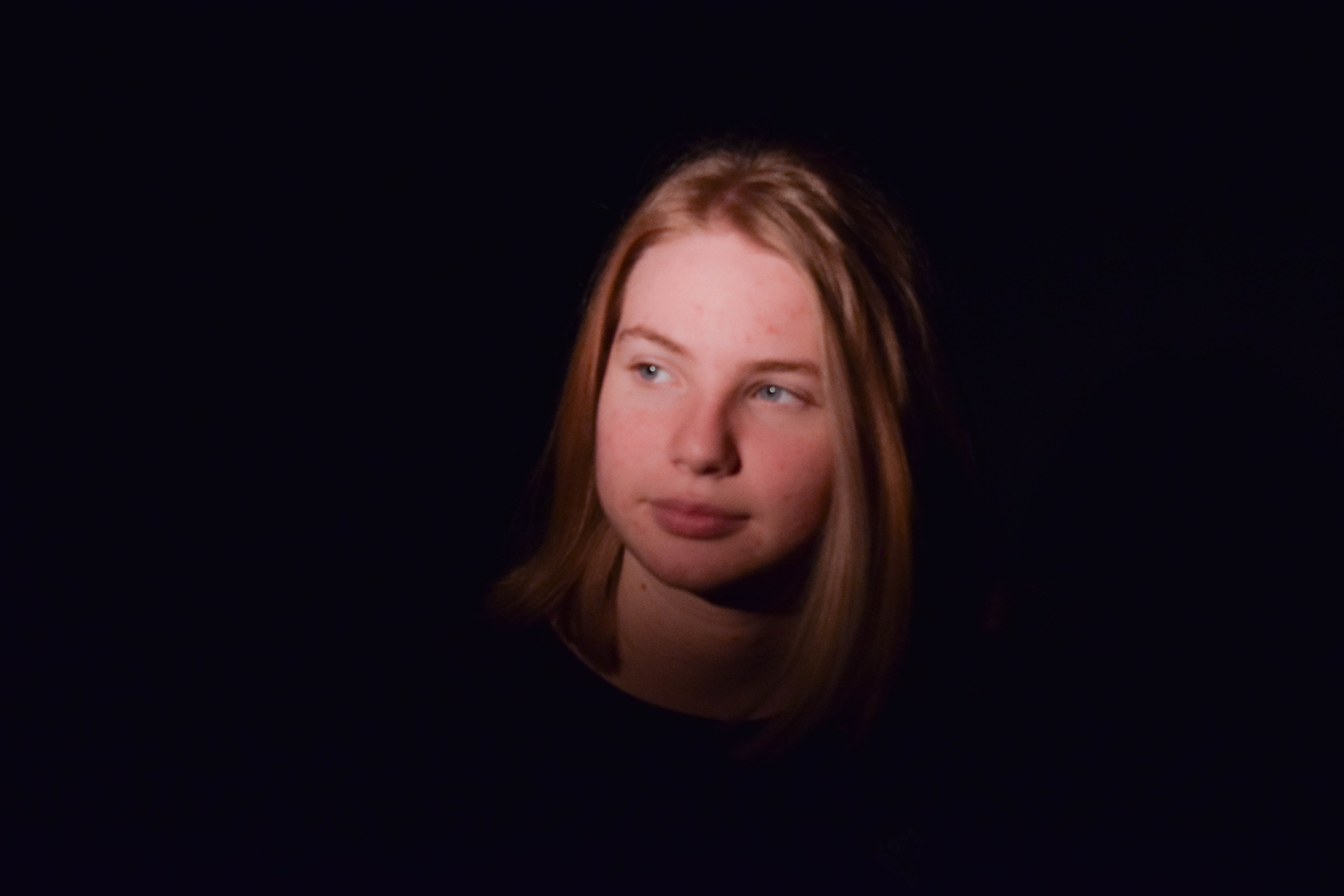
All posts by Francesca H
Filters
16. Street photography:
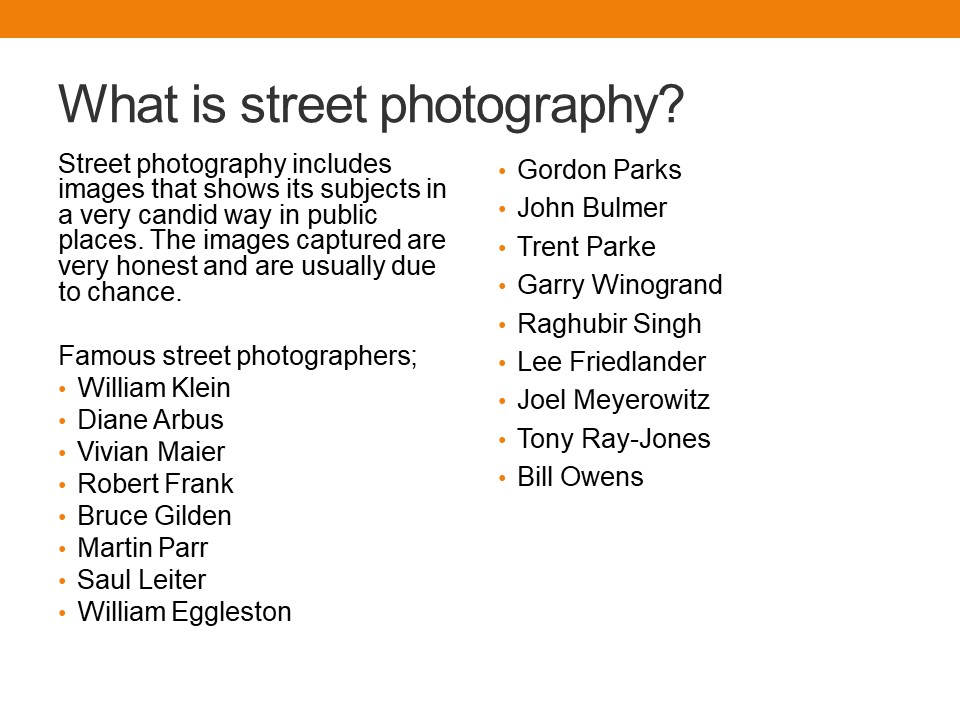
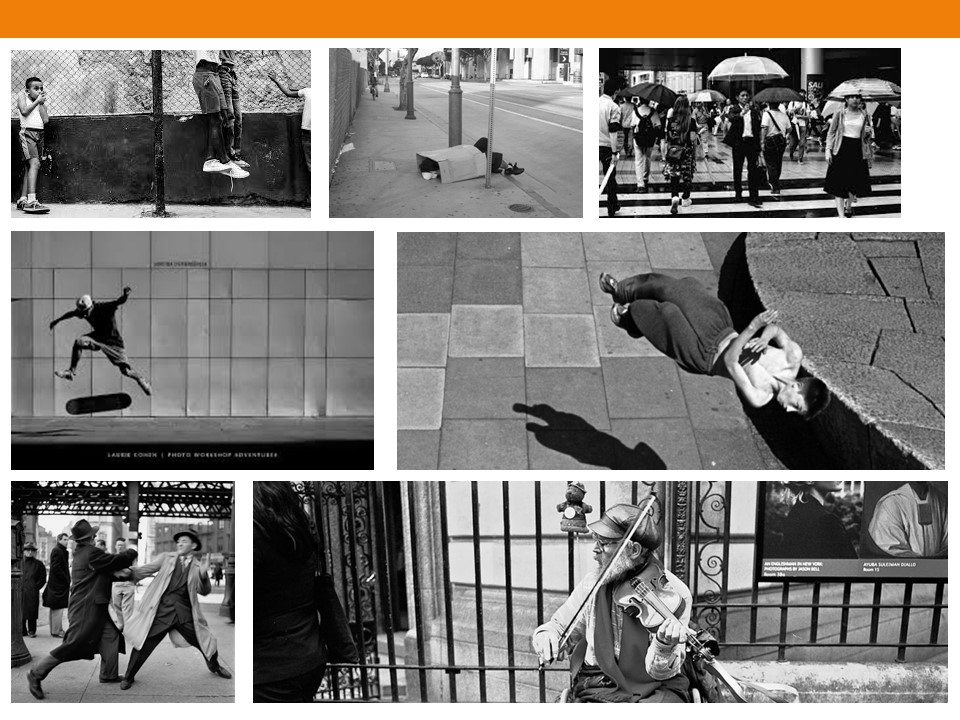
“If your photos aren’t good enough, then you’re not close enough” – Robert Capa
“I love the people I photograph. I mean, they’re my friends. I’ve never met most of them or I don’t know them at all, yet through my images I live with them.” – Bruce Gilden
“When you photograph people in color, you photograph their clothes. But when you photograph people in Black and white, you photograph their souls!”
―
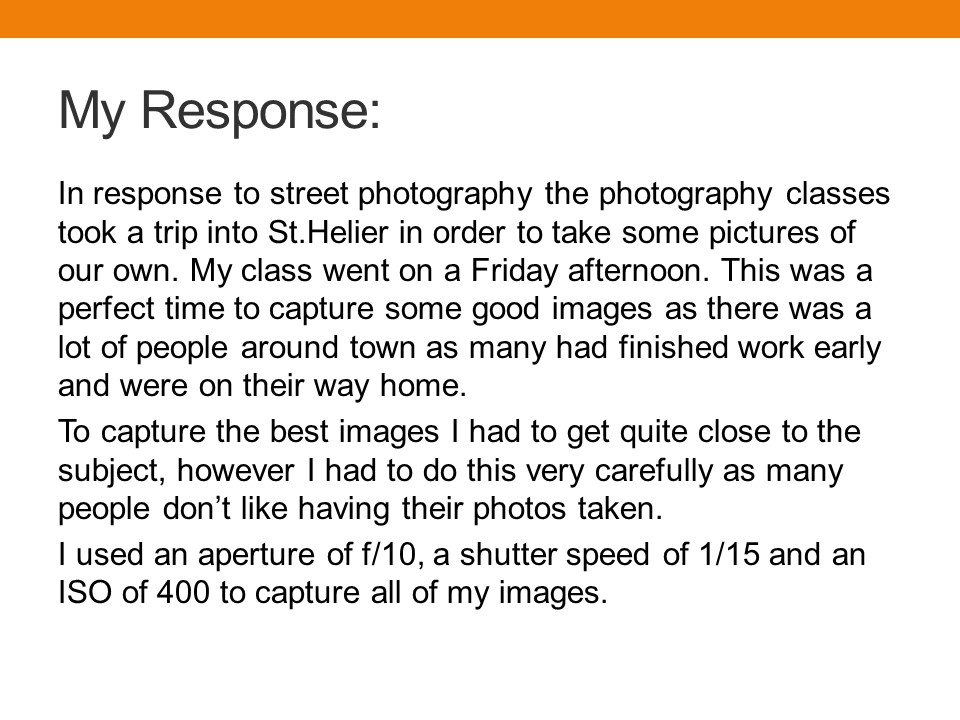
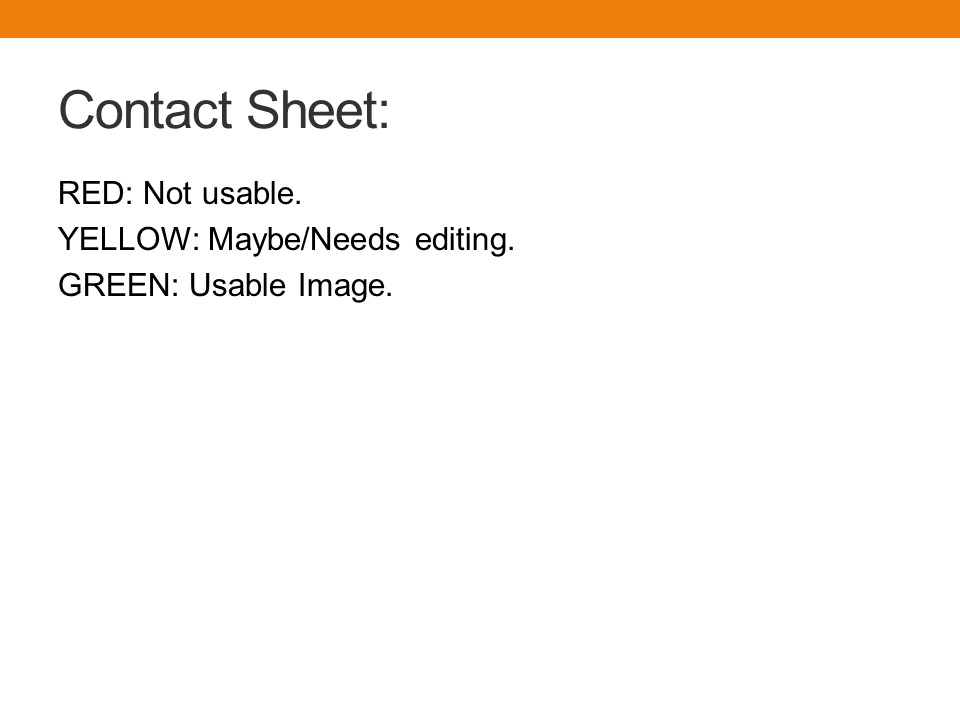

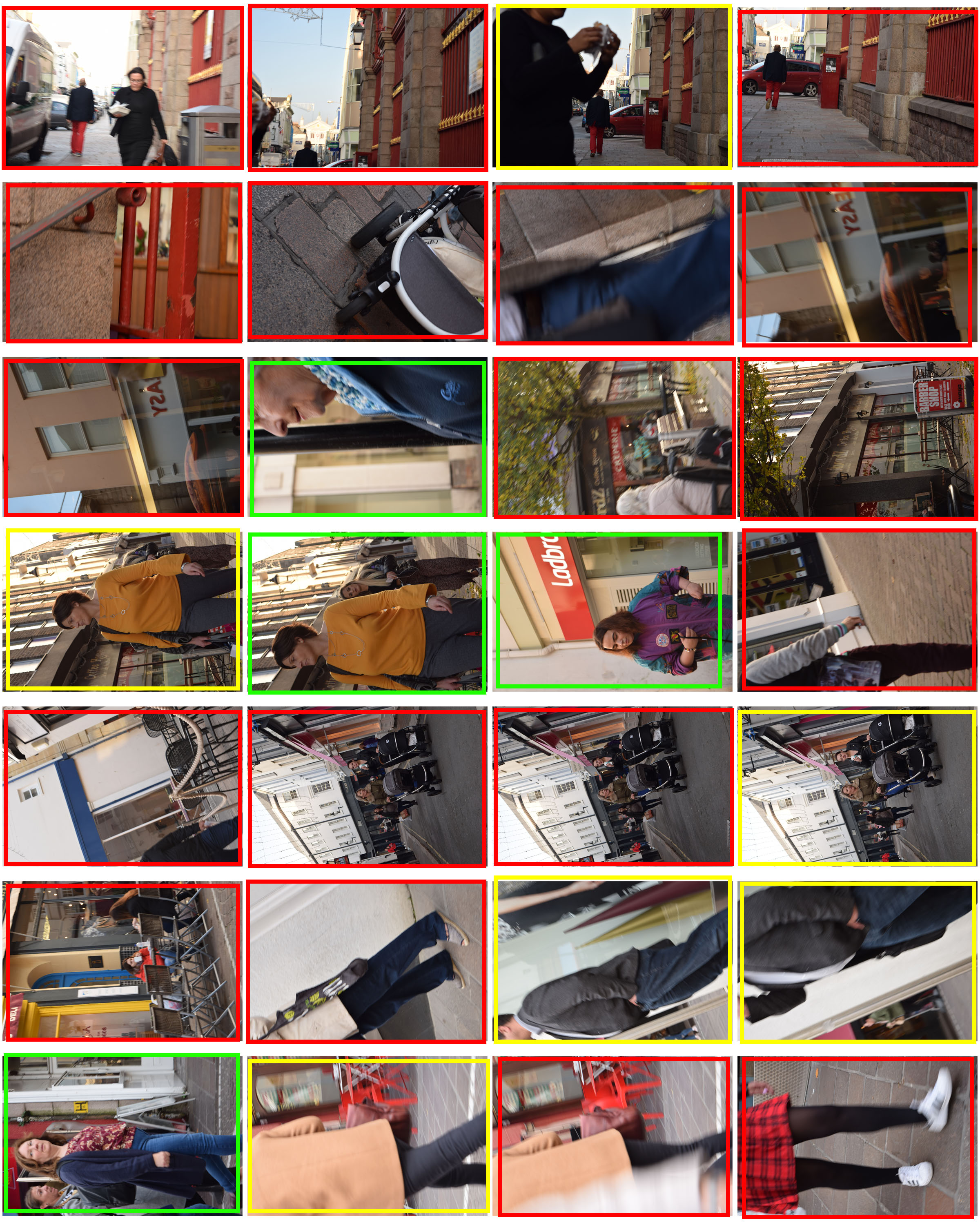
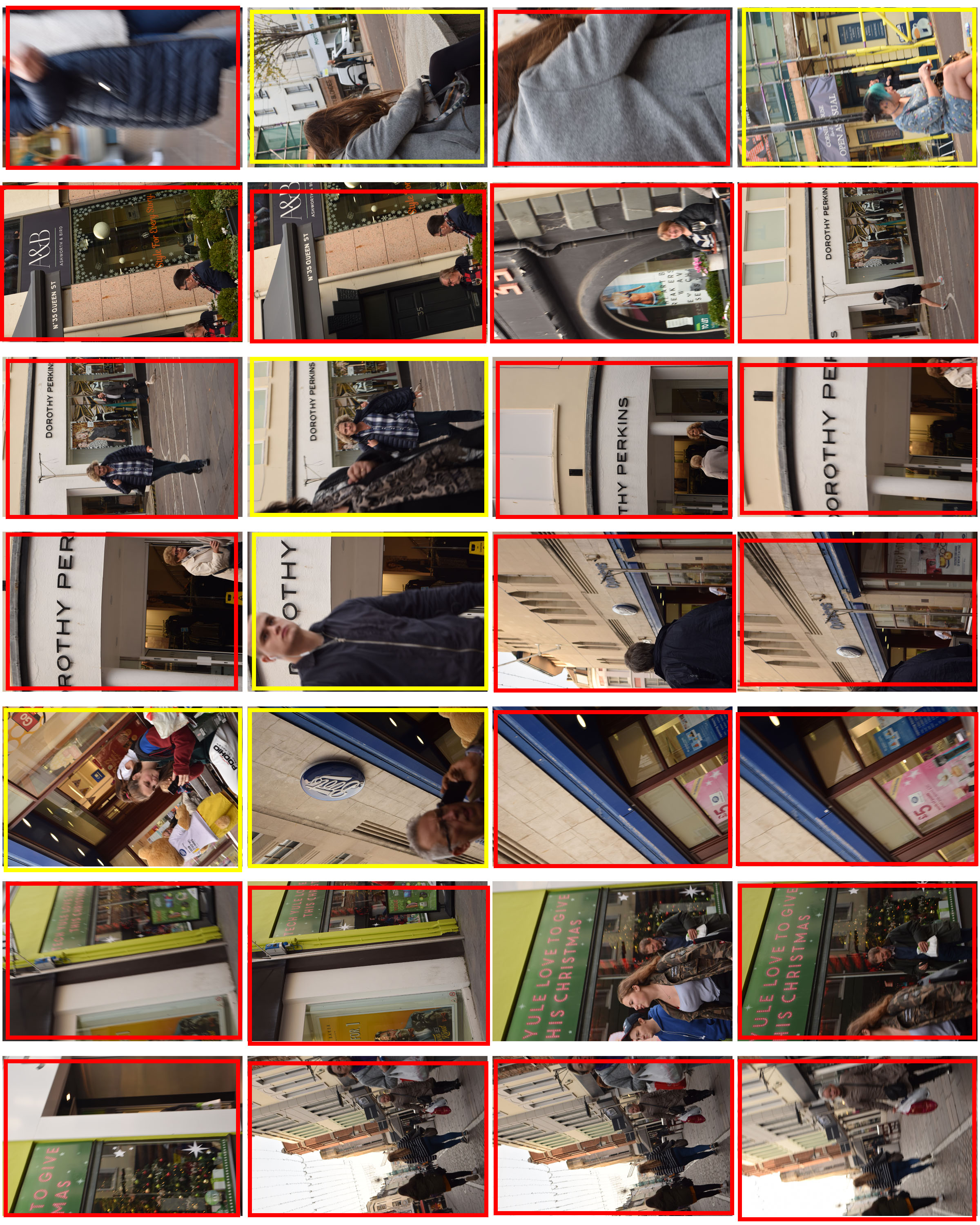
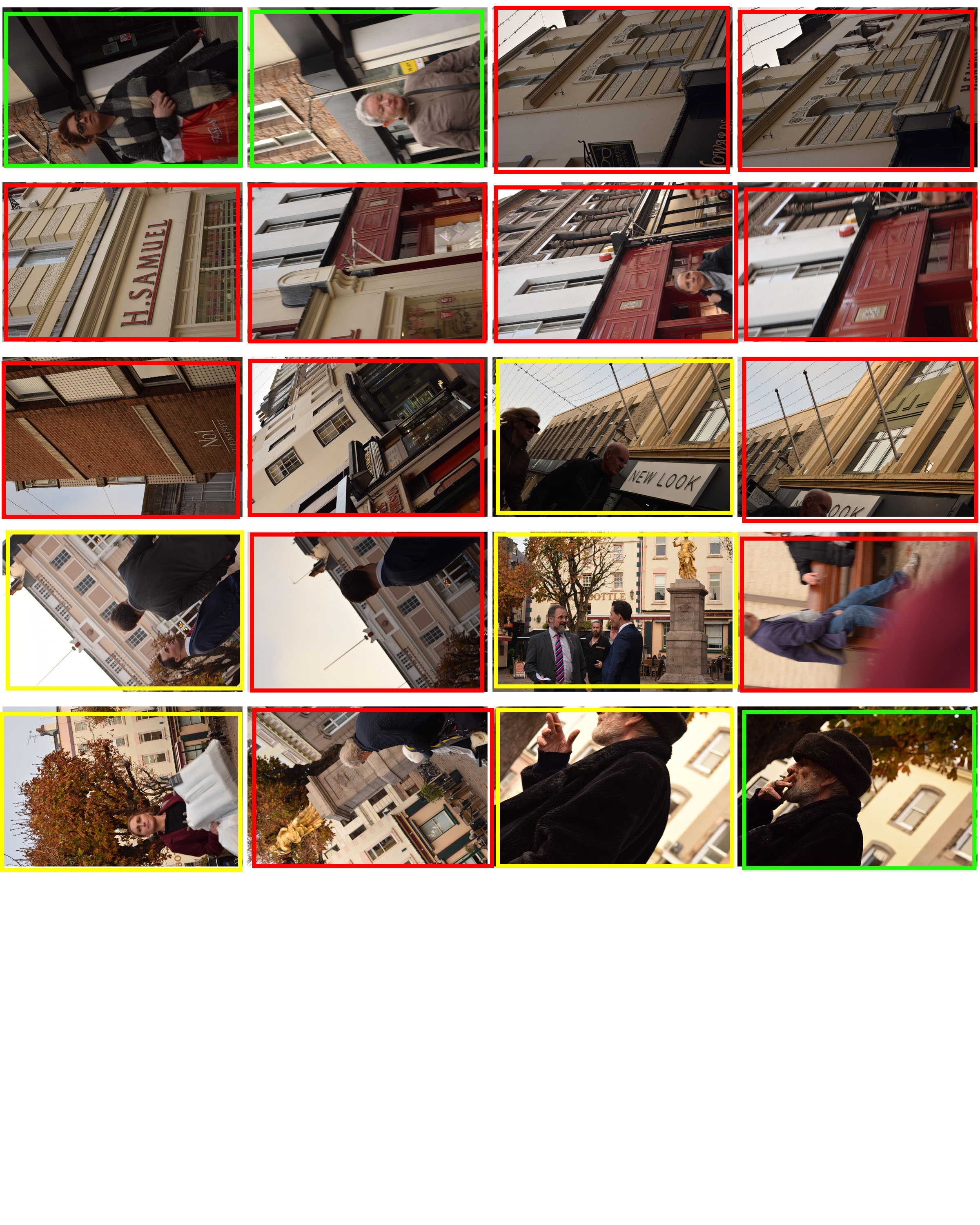
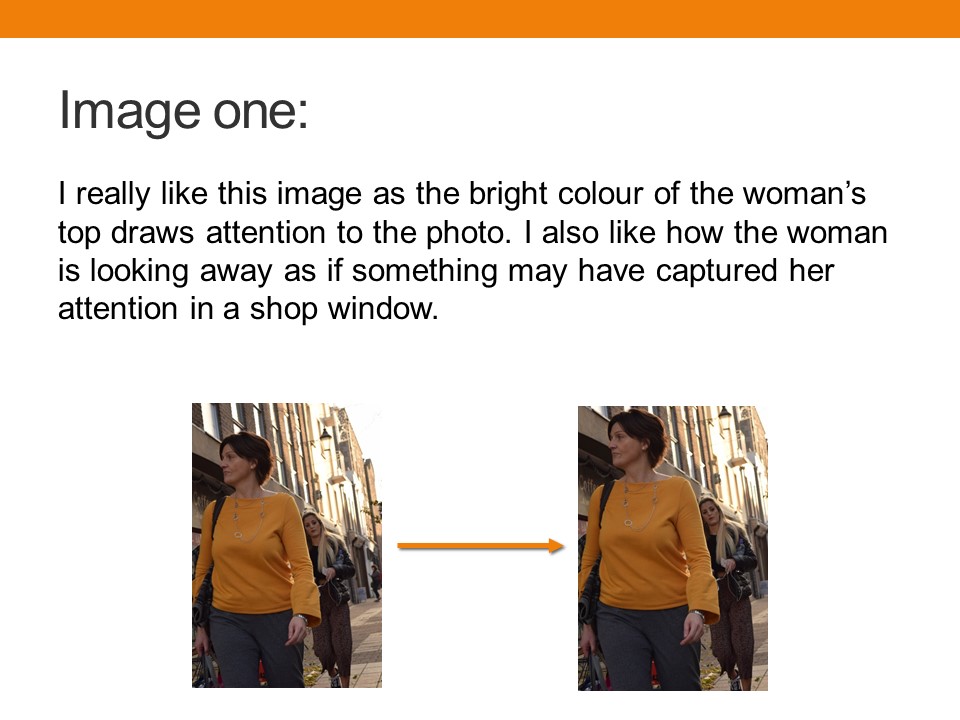
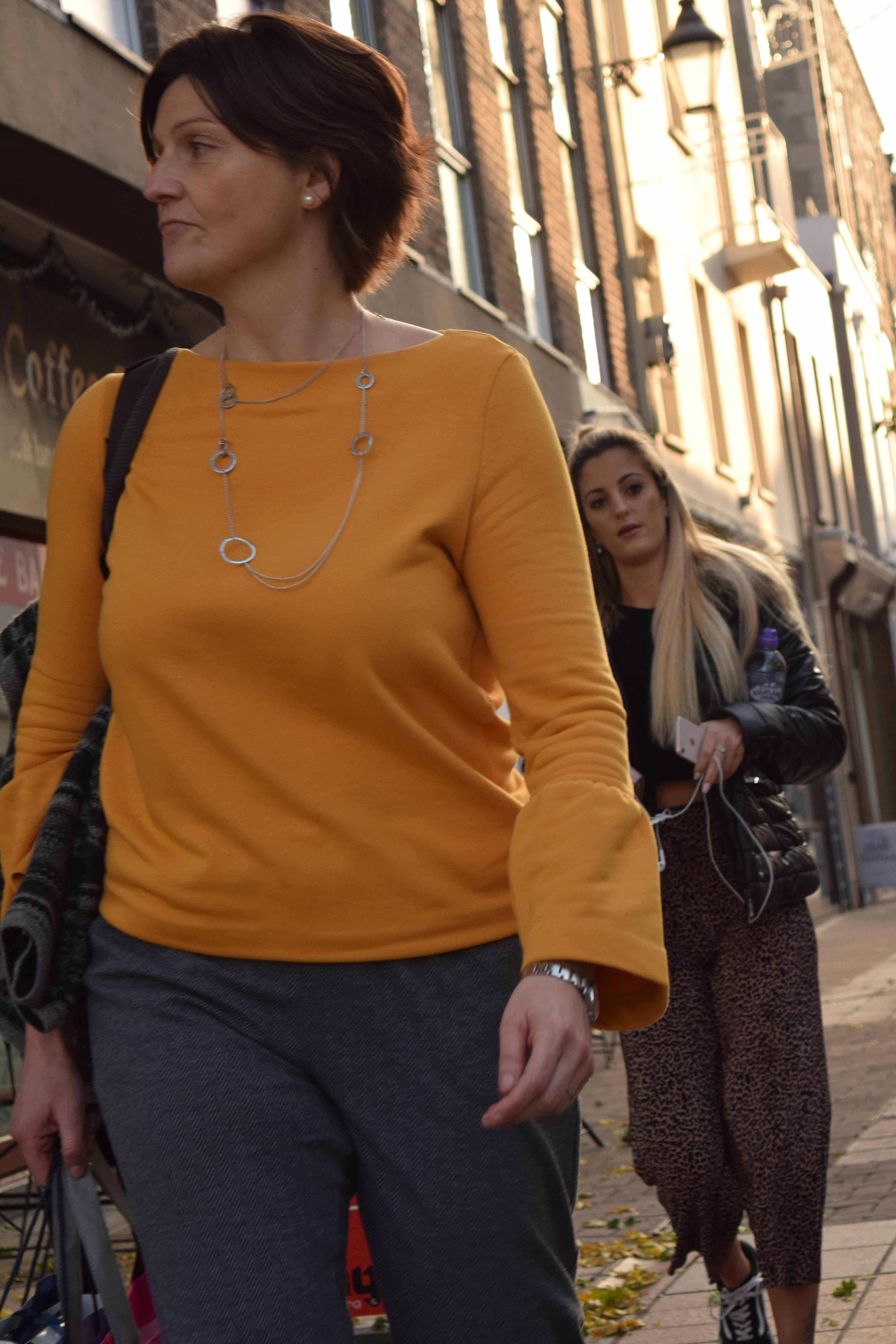
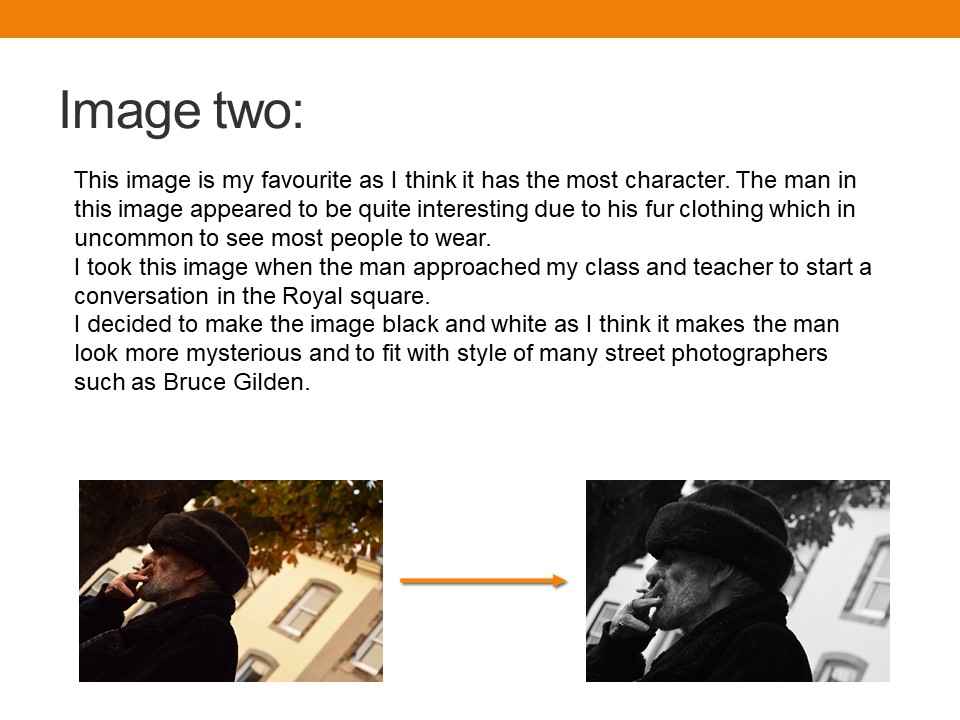
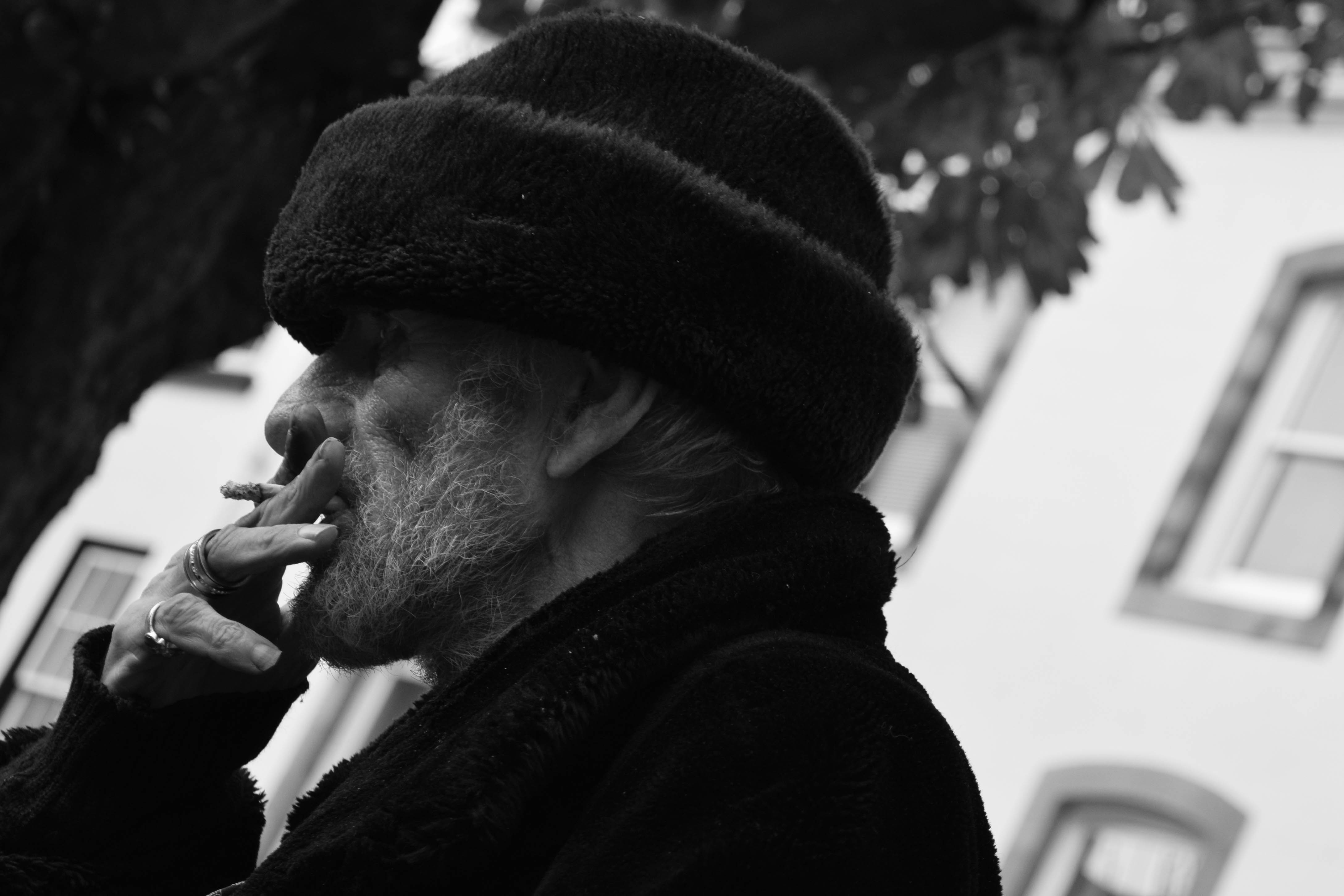
14. Environmental photography
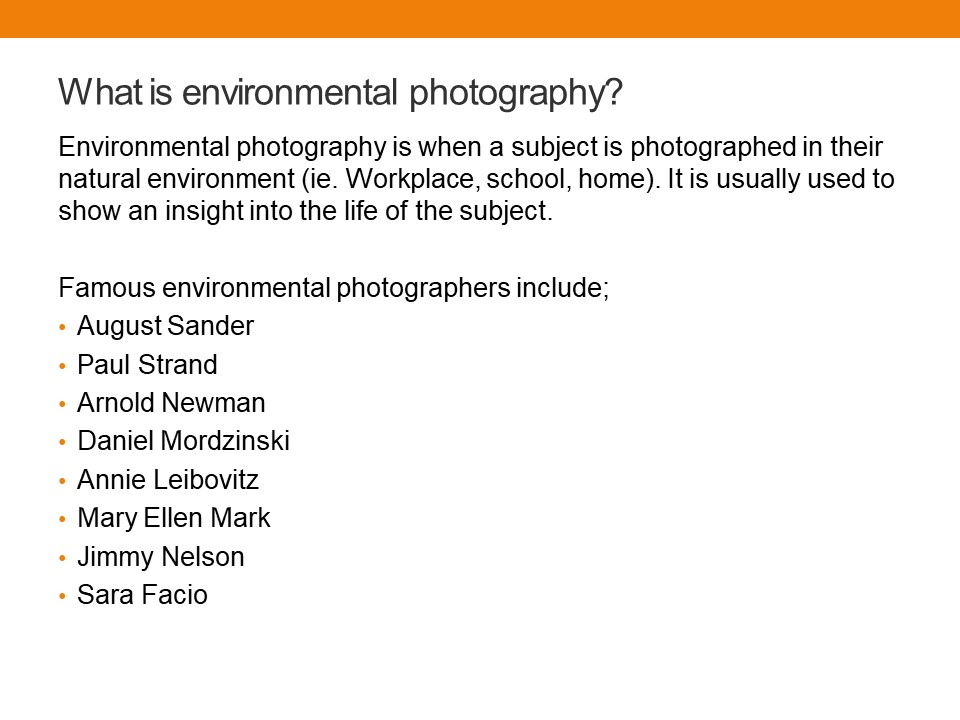
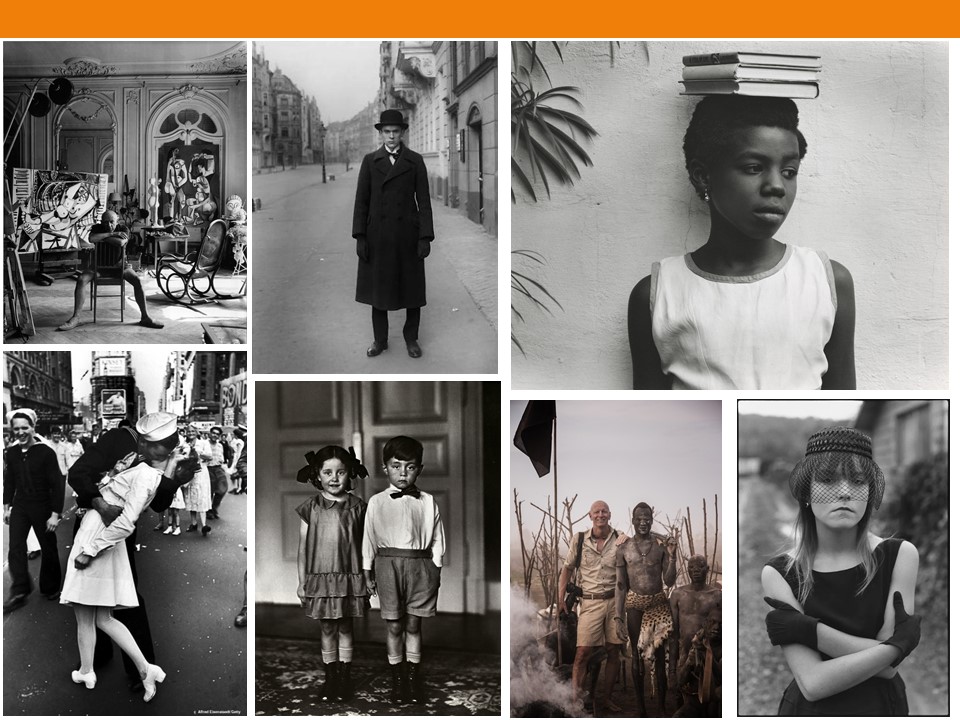
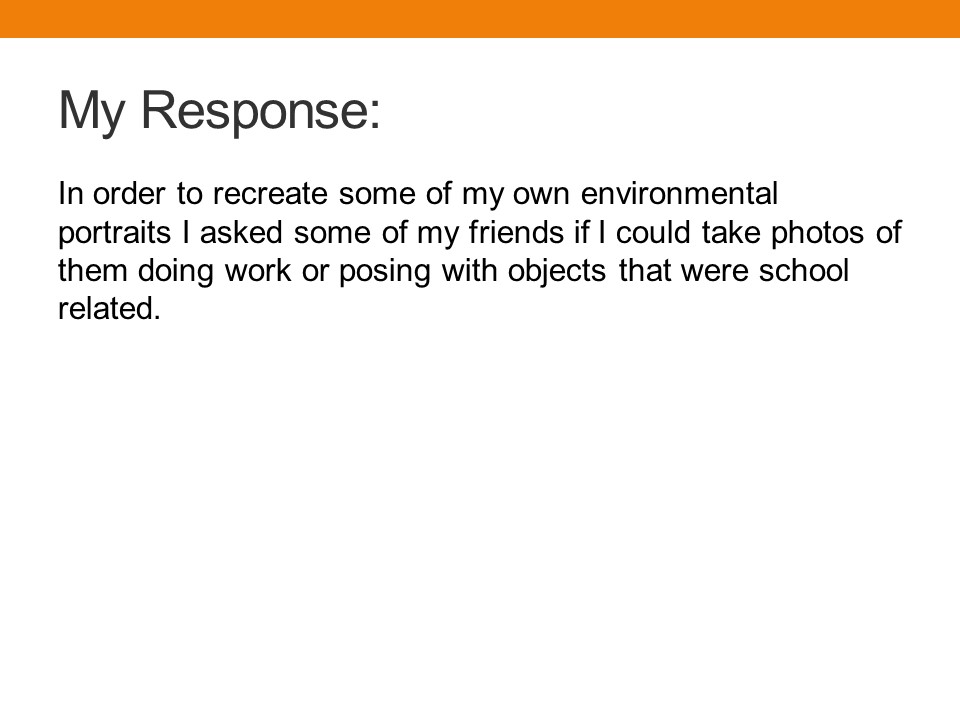
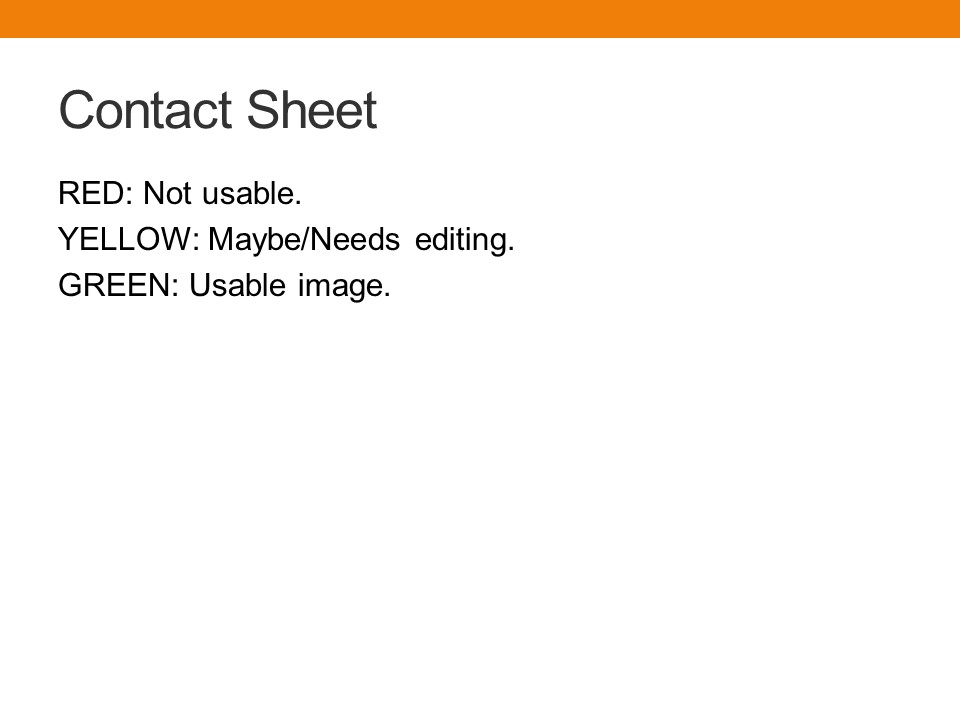

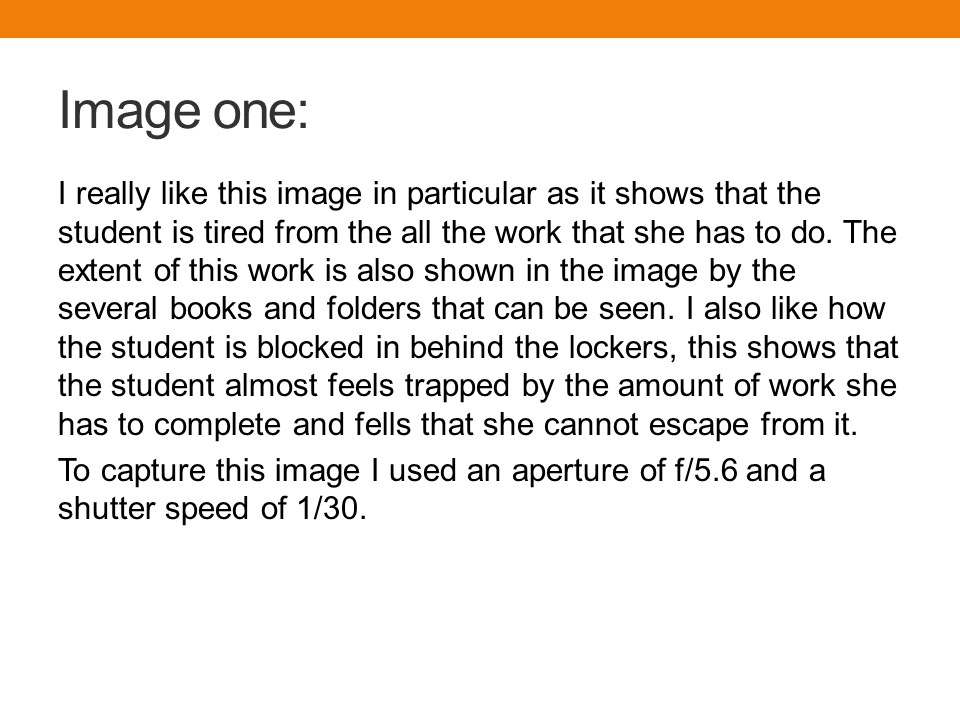

13. Arnold Newman:
Arnold Newman was an American photographer who was born in New York City on March 3rd 1918. Newman was best known for his environmental portrait photography.
Alfred Krupp portrait:
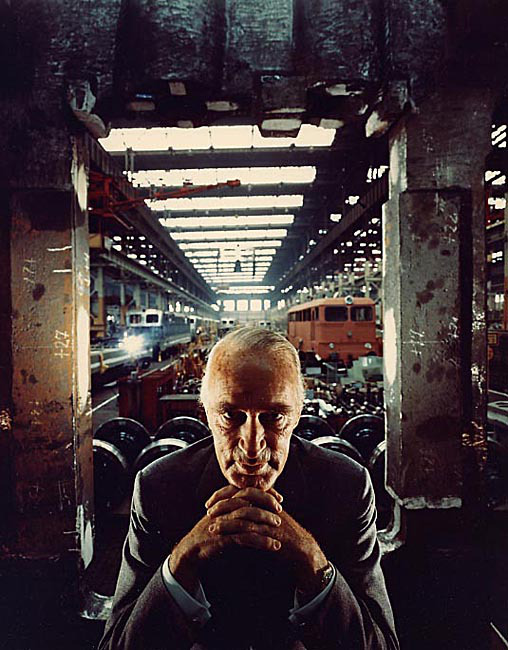
Context:
In 1963, Newman photographed German factory owner, Alfred Krupp whom helped make weapons for the Nazis during the second World war.
Concept:
Newman took this photo in this way to make it look like Krupp was in charge. The image also has a green hue to it that makes Krupp look rather menacing and evil.
Technical:
It is clear that Newman has used a wide-angle lens to capture this image. The photo is also symmetrical and the green lighting shows off the intimidating nature of Krupp.
Visual:
The photo shows an old man (Krupp) with his hands intertwined. The man has his chin resting on his hands. On his face is a grin that makes him look evil. The image shows the man in an old factory that is used to manufacture trains.
12. Claude Cahun X Clare Rae:
Claude Cahun:
Claude Cahun was a lesbian , Jewish-French Photographer. She was born on October 25th 1894 and moved to Jersey in 1937.
Cahun is best known for her part in the surrealism movement. She worked with self-portraits, which often displayed her in various poses and places with her face, more often than not, covered up.
With her work, Cahun was very political and aimed to use her photos as a way express herself during a time when lesbians and the Jewish were prosecuted for who they were.
Clare Rae:
Clare Rae is an Australian photographer who recently took residence in Jersey for a short time. She wanted to study, take inspiration from, and respond to the work of Claude Cahun.
CCA gallery visit:
On Friday 14th September, my photography class visited an exhibition at the CCA gallery in St. Helier to look at the work of Claude Cahun and Clare Rae’s response and interpretation of her work.
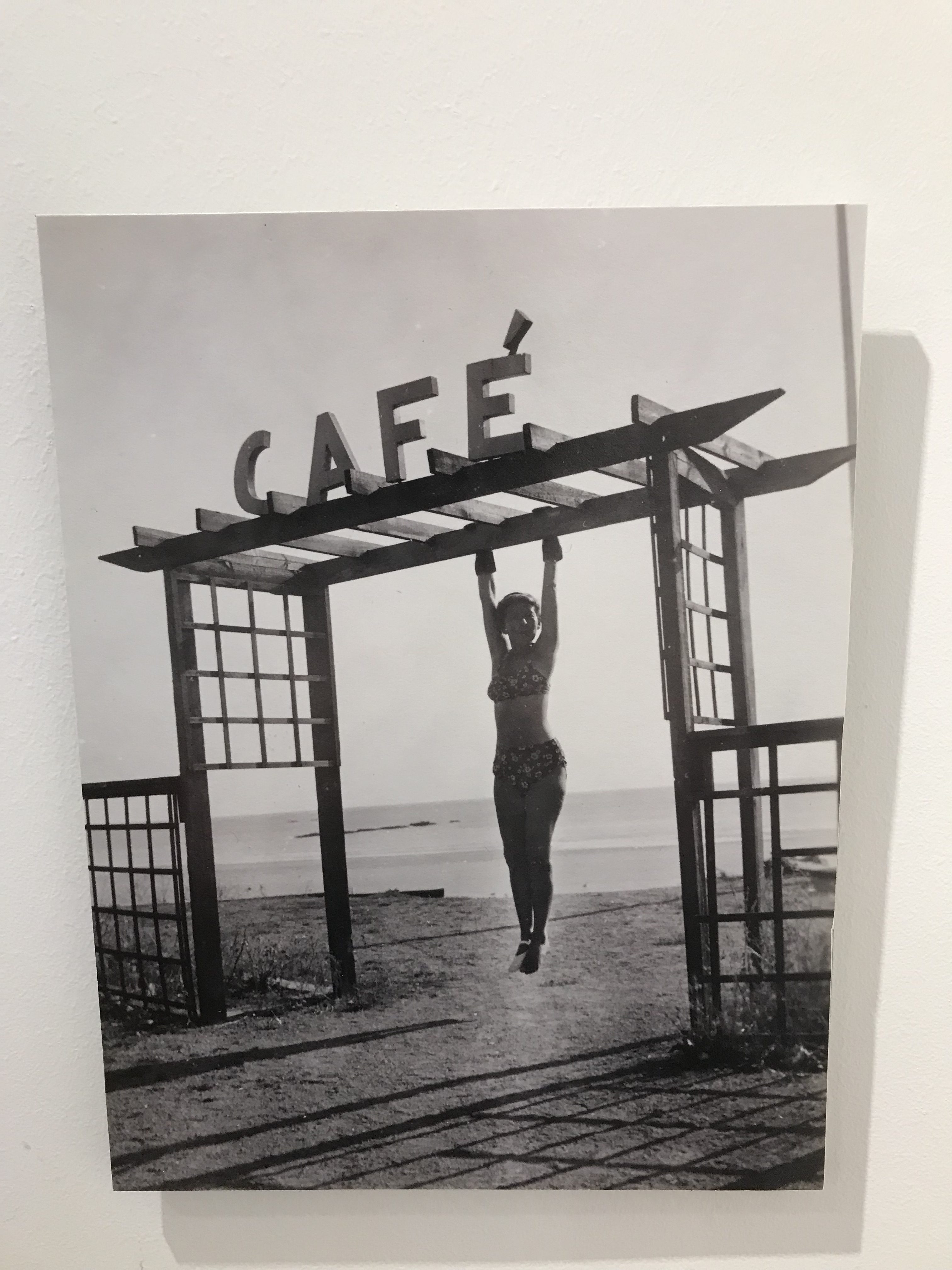
I thought that the exhibition was really well layed out and it was easy to know which photographer’s work I was looking at as the two were nicely separated without making them look like separate exhibitions.
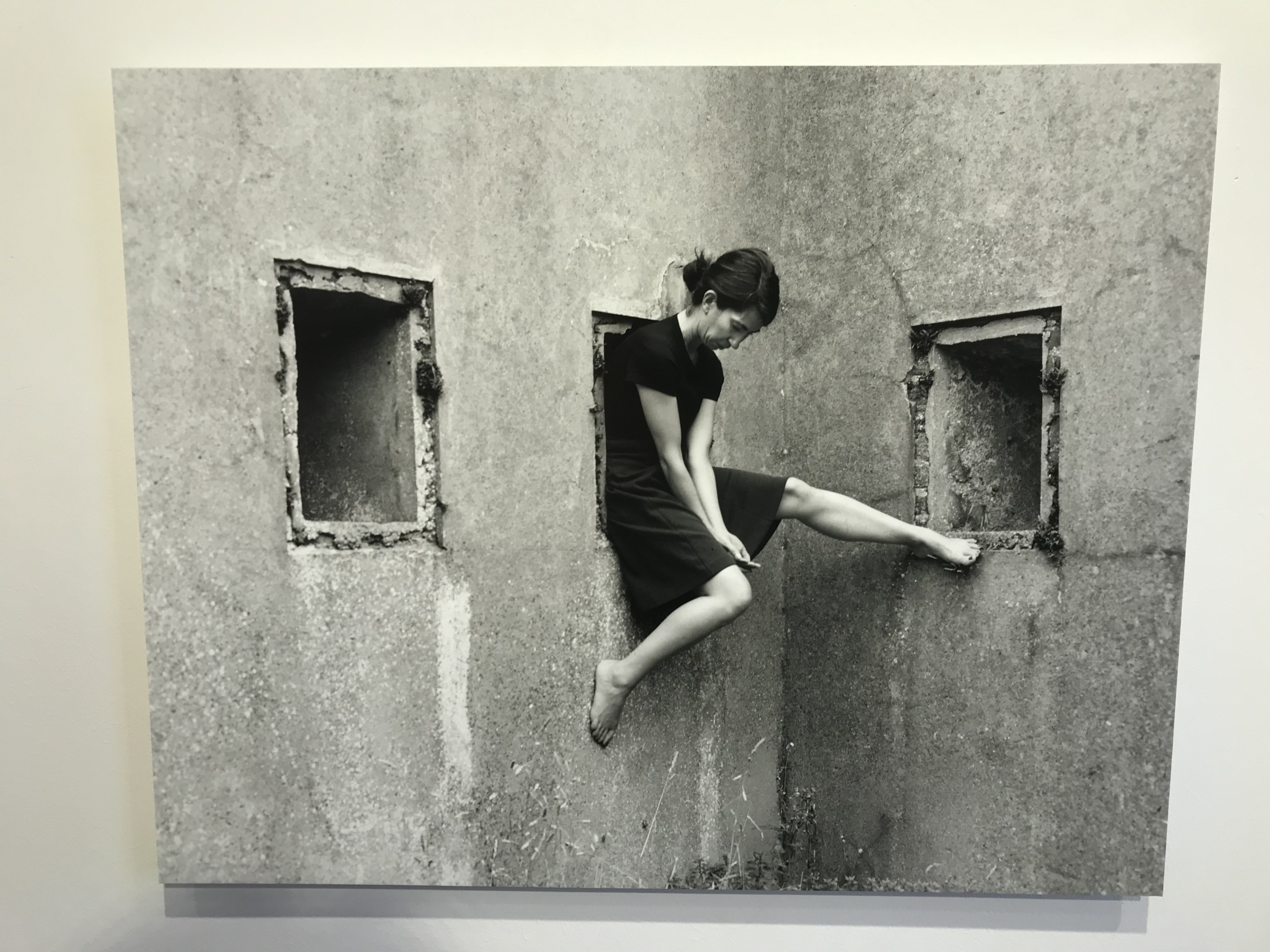
By looking at the photos in the exhibition is it easy to see where Claude Cahun has influenced Clare Rae’s work. I noticed that Rae wasn’t wearing any foot wear in her photos and upon further inspection, I noticed the same thing in Cahun’s photos. Another similarity between the different photographers is that they are both taken in similar places. Interesting structures and ares of nature are both common to each pieces of work. Both photographers use their surroundings to give a certain feel to the photos that is often calming, chaotic or miserable.

This image by Claude Cahun was one of my favorites. The image shows Cahun hiding behind a large rock with her arms sticking out through the holes in the object. To me, this shows that Cahun is, in a way, apart of the object. However, the stretched out actions of her hands suggests that Cahun is trying to reach out and escape. This could be a reference to the German Occupation of Jersey as that was similarly something that Cahun was apart of, but wanted to be free of.
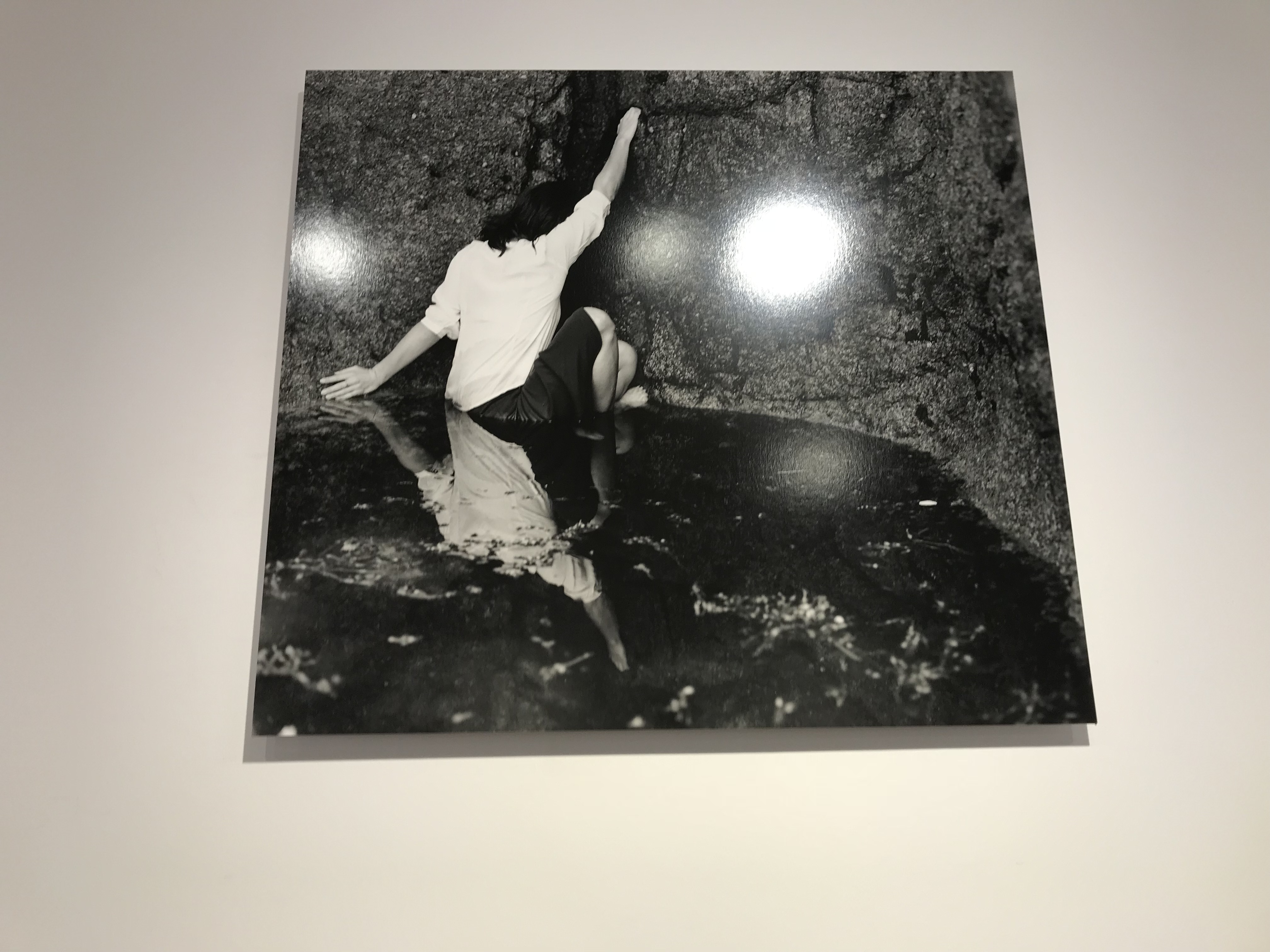
This photo by Clare Rae has a very similar style to Cahun’s work as the image shows Rae with her back to the camera and her face hidden, which is a common occurrence in Cahun’s work. The dark walls of the cave give a feeling a being trapped and isolated. This was likely how Cahun felt during the Occupation due to being a Jewish lesbian. It is clear that Rae has tried to recreate this in this image.
Portrait:
This half-term (November – January) we will be looking at portrait photography.
What is portrait photography?

While studying this we will look at;
10. Frank Hallam-Day
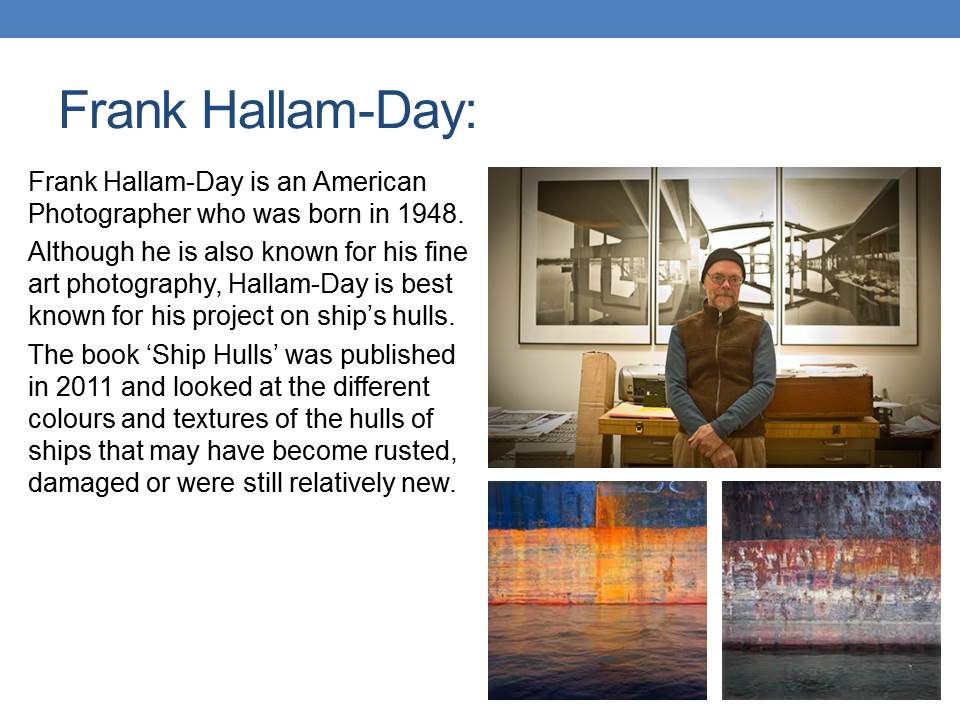
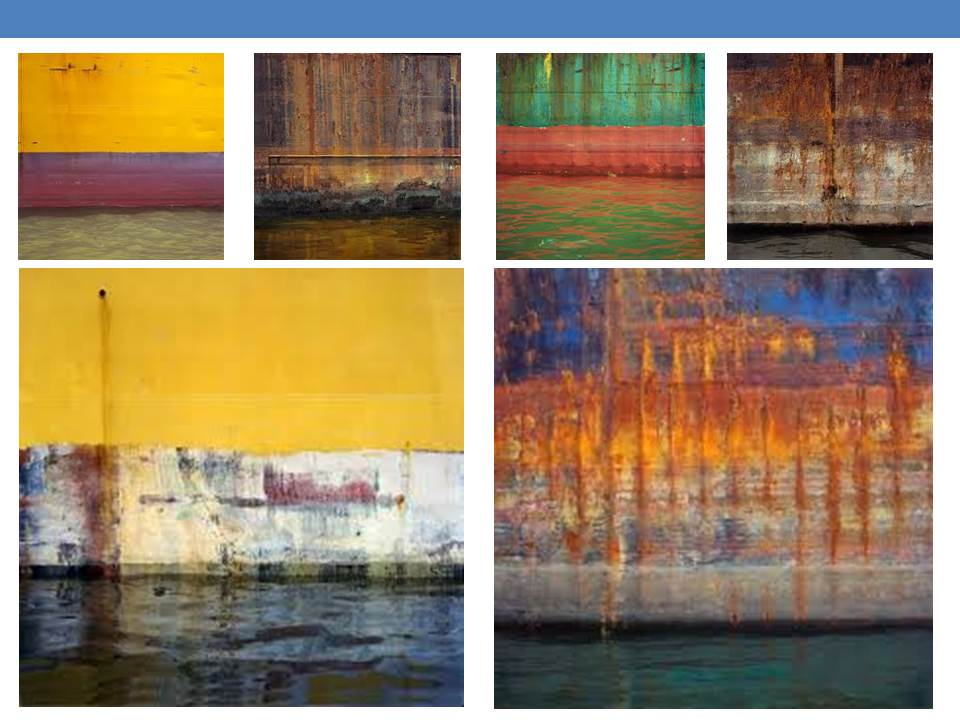
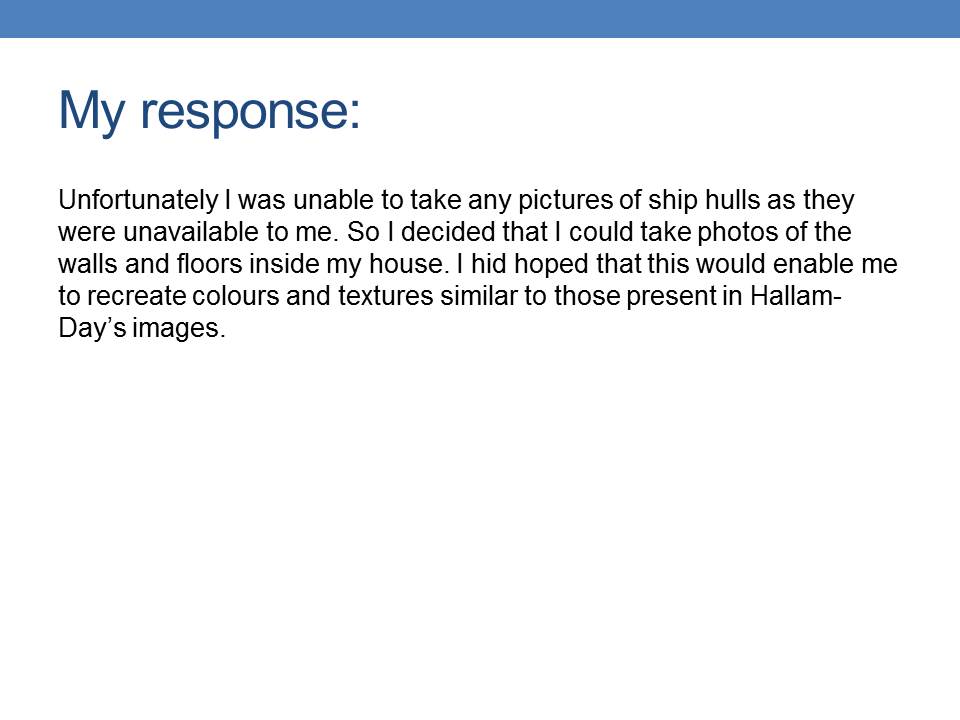

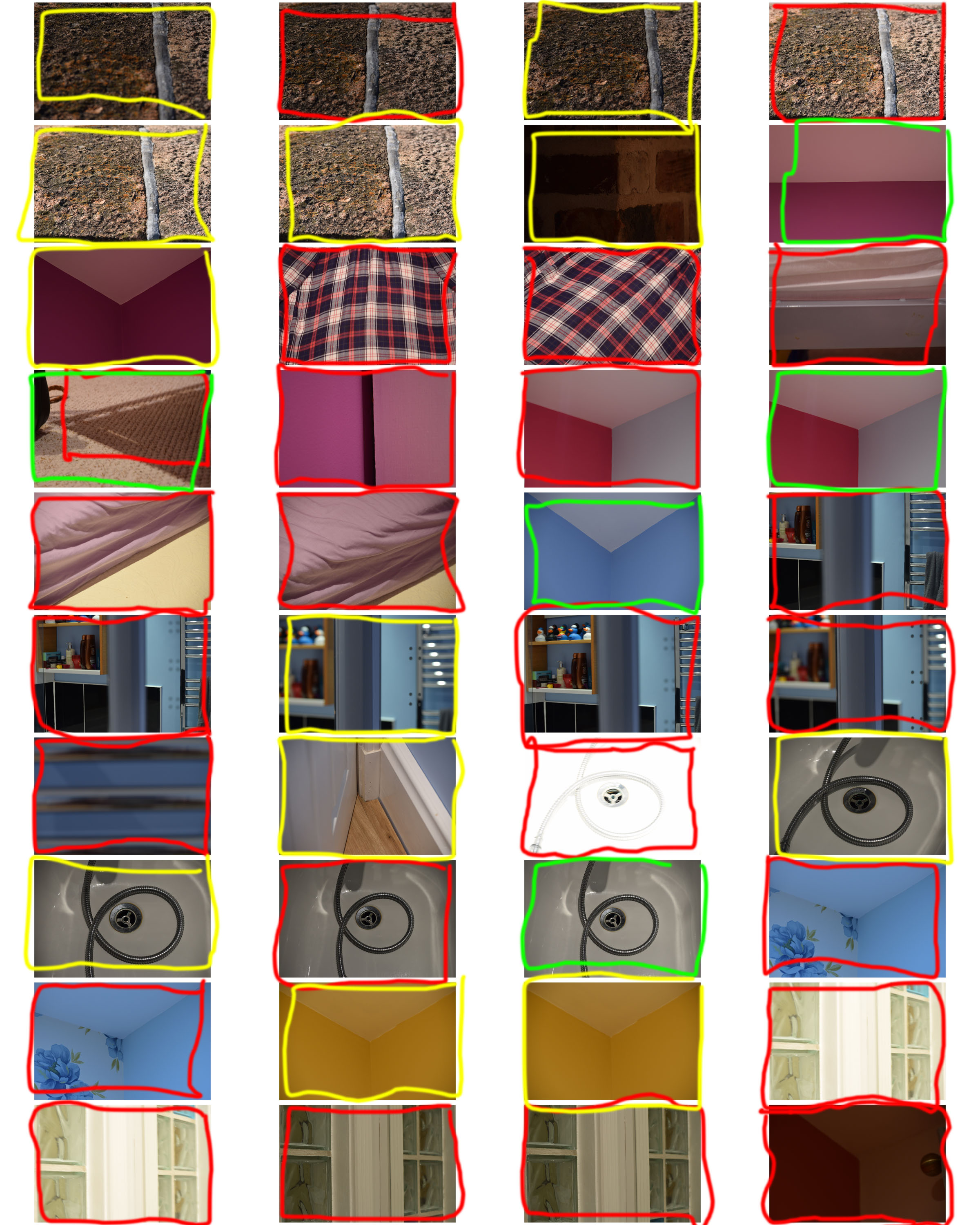
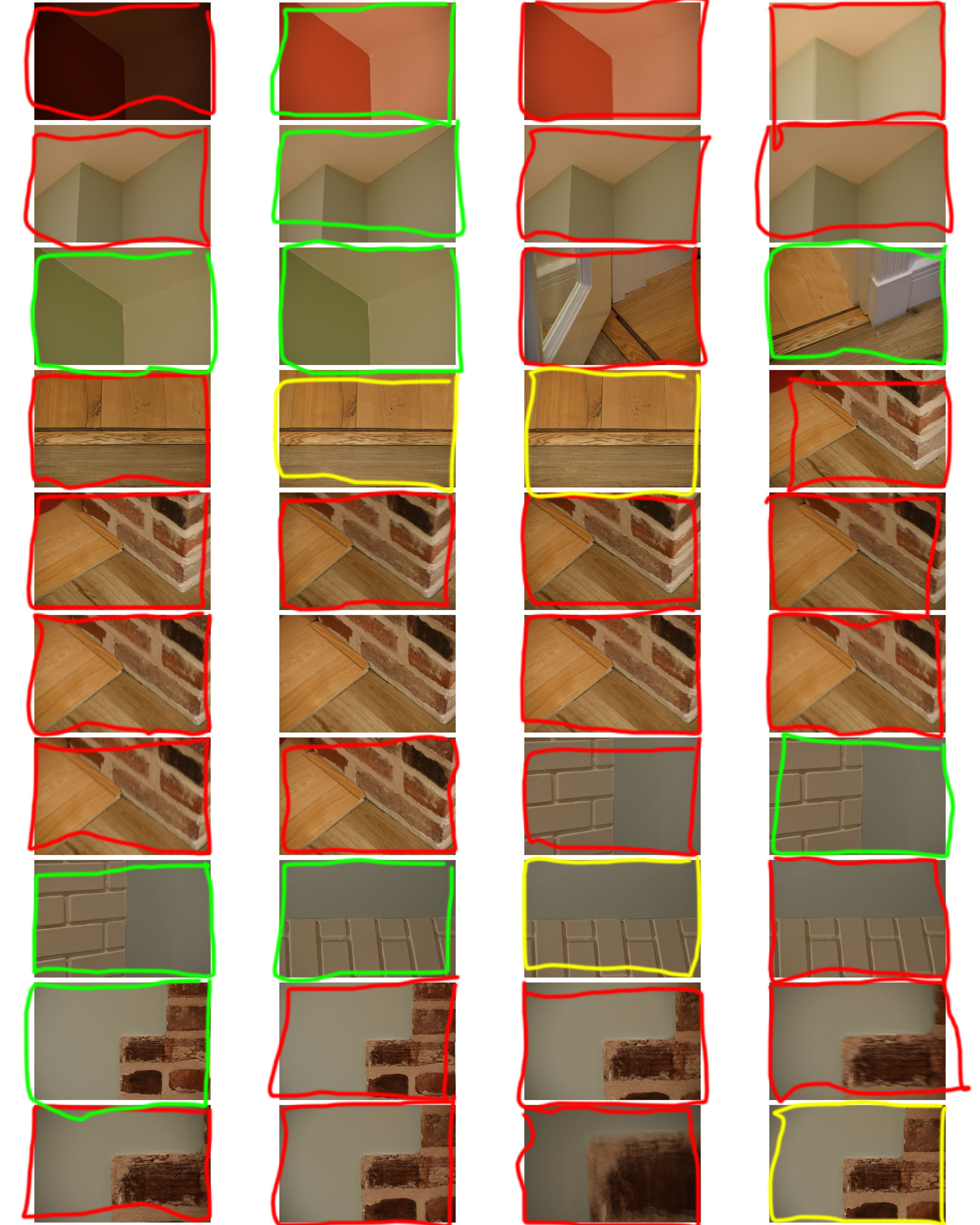
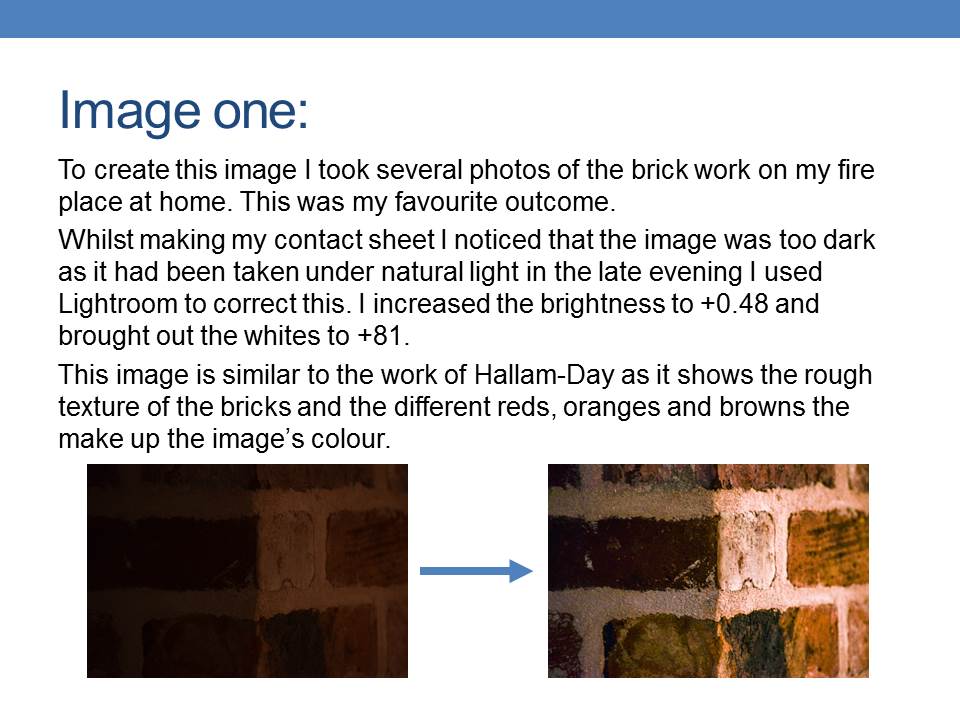
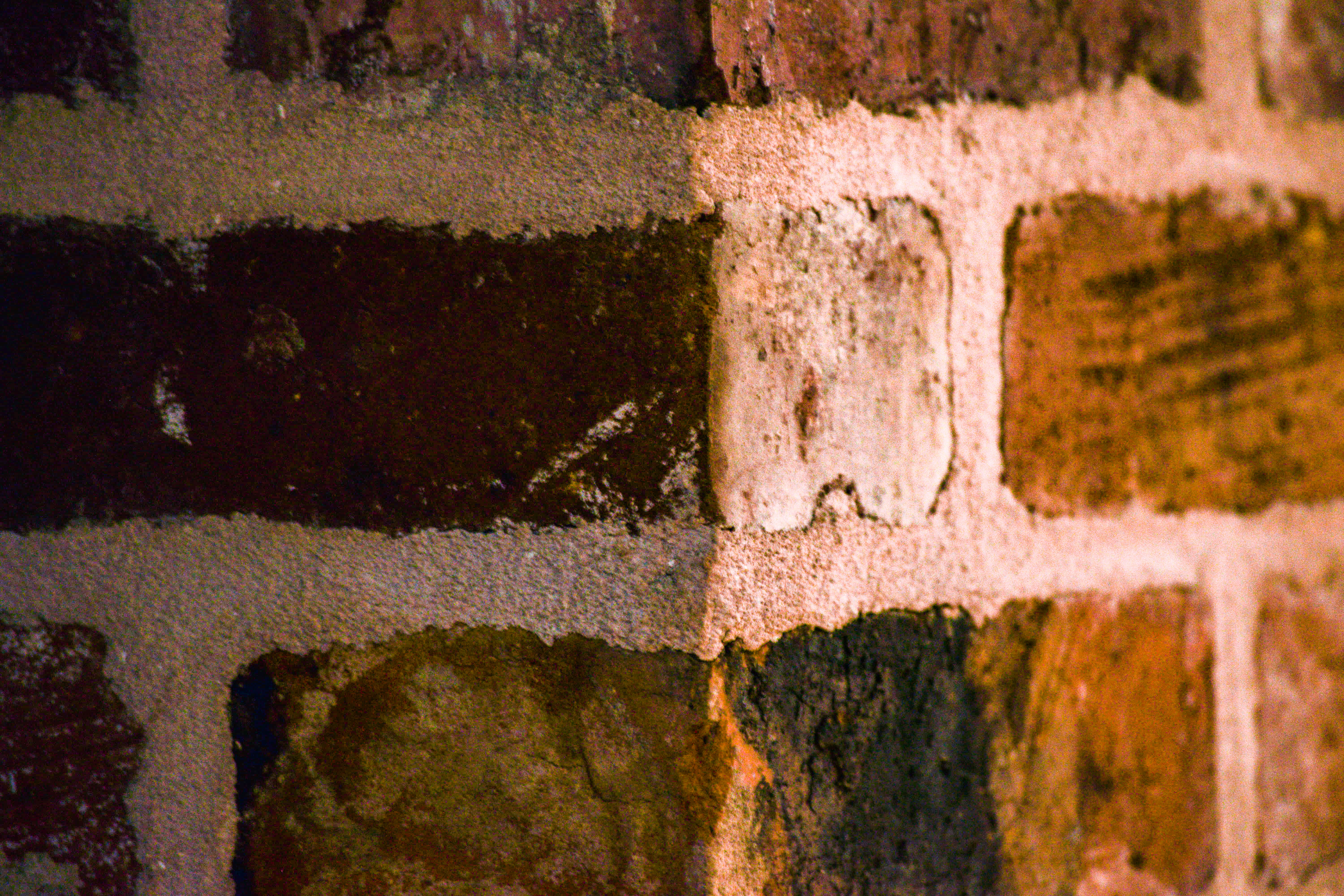
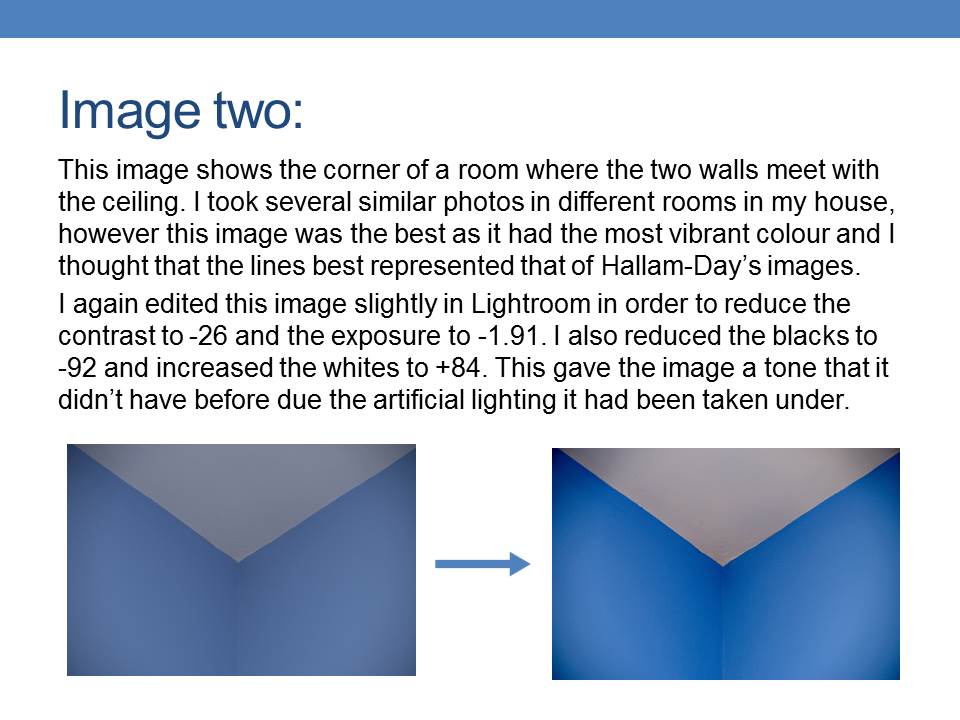

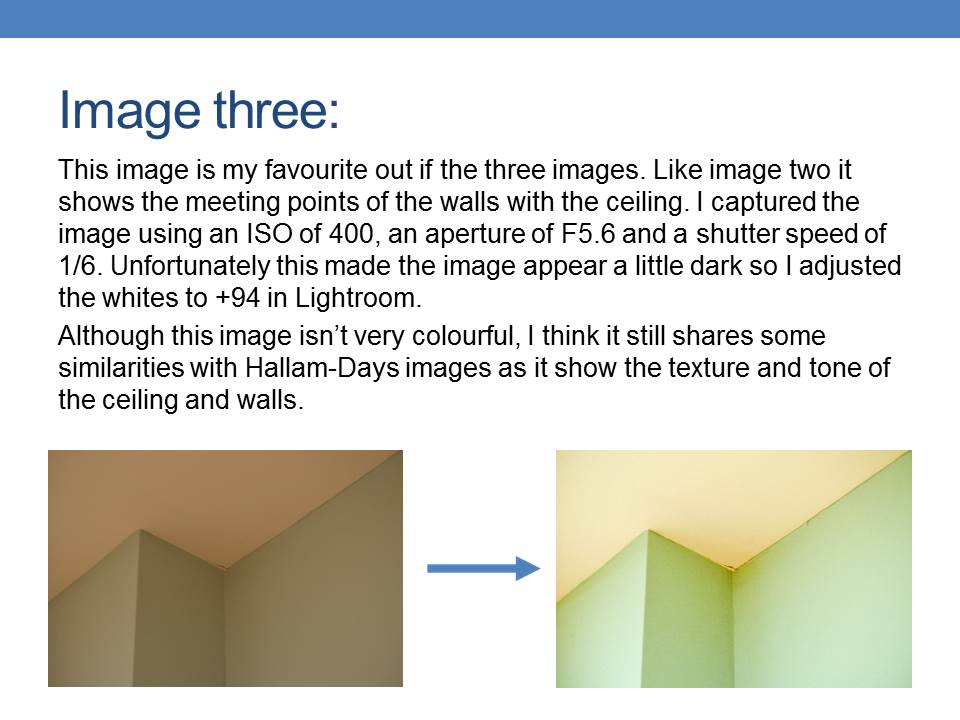
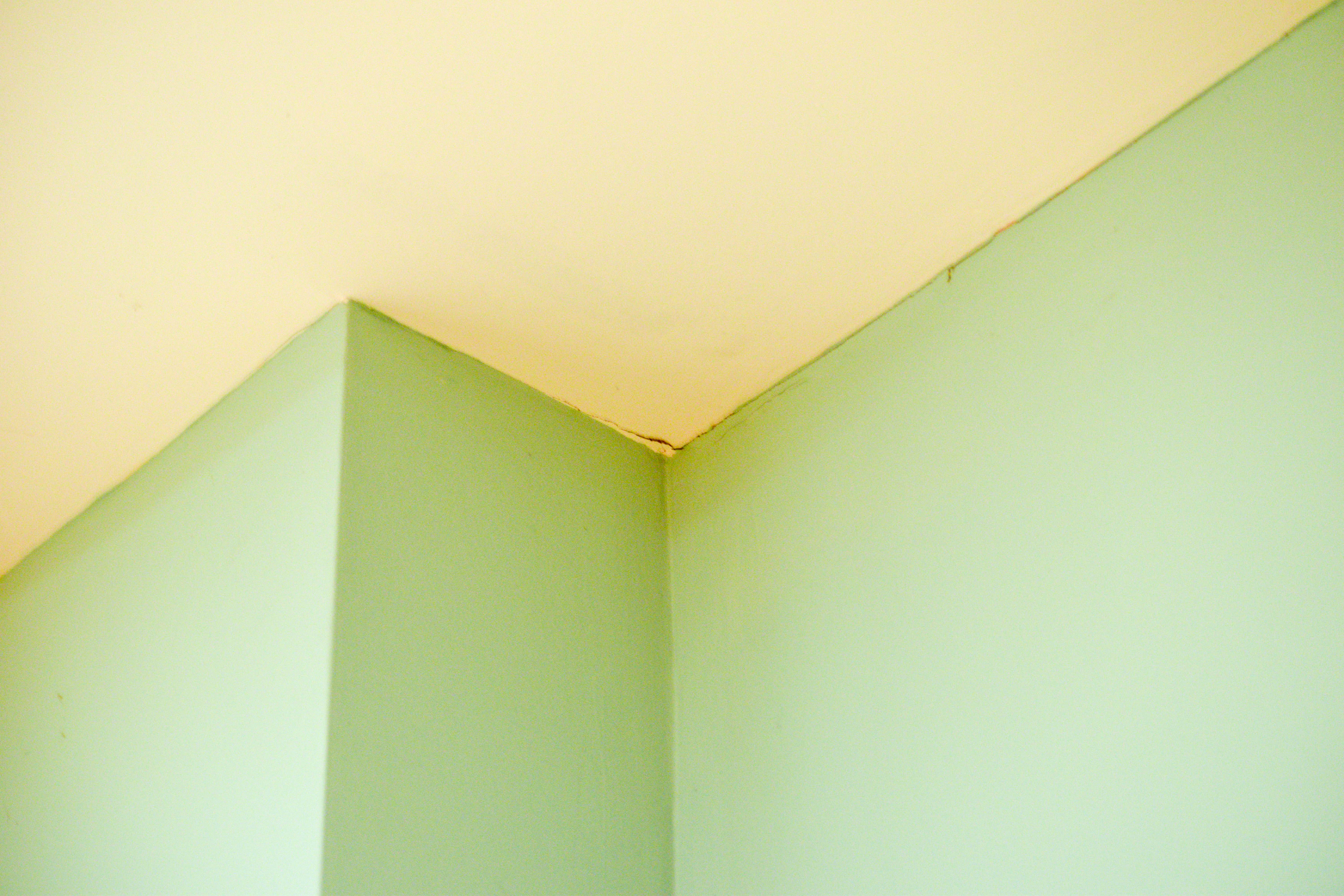
9. Keld Helmer-Petersen:


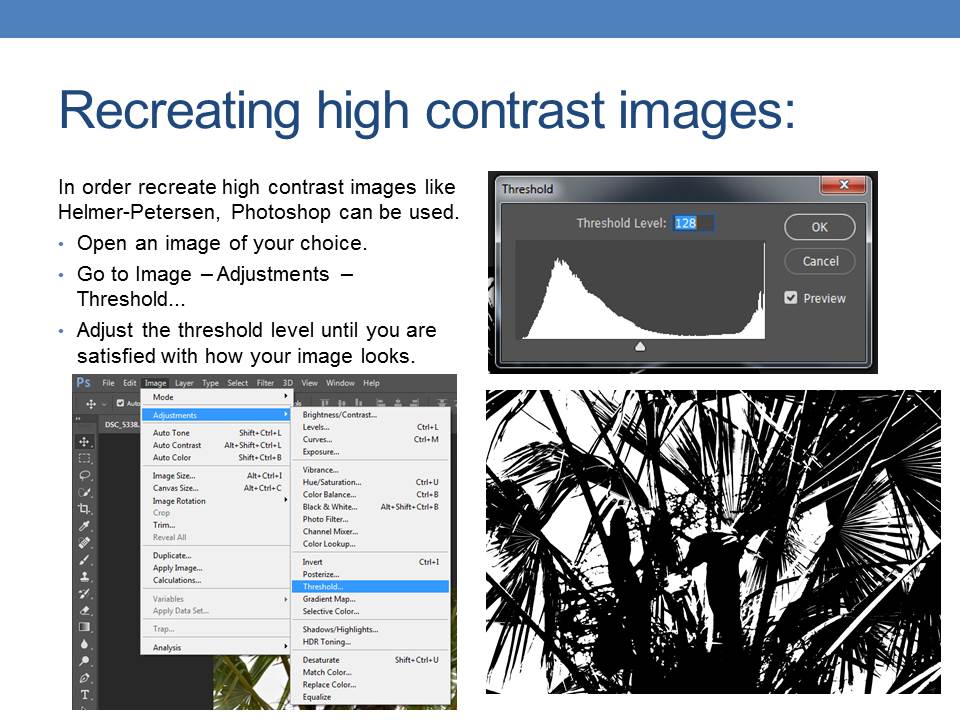

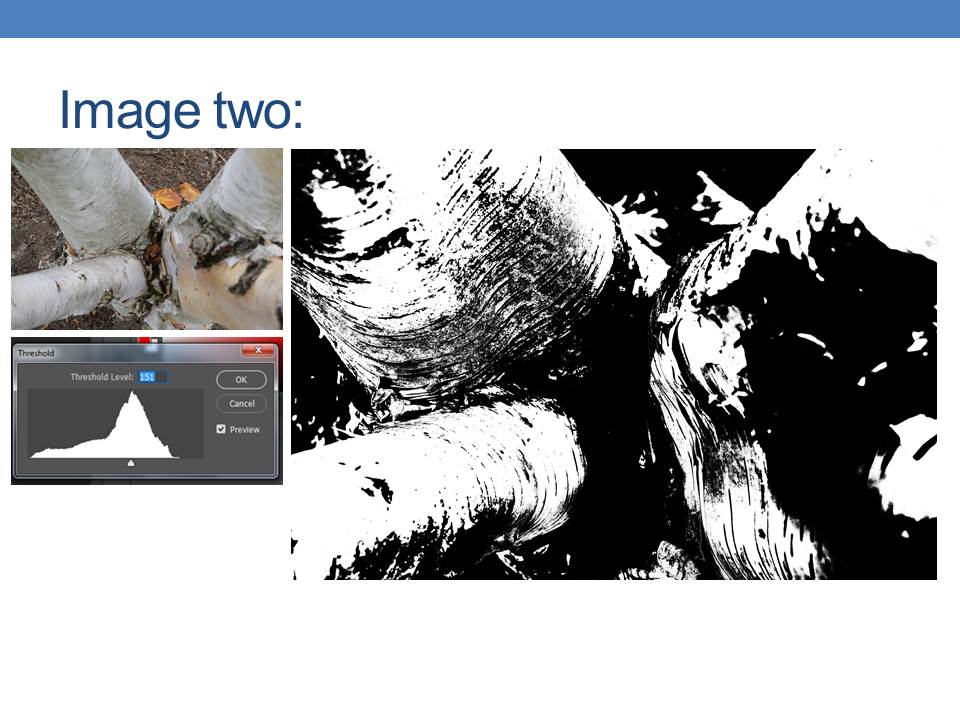


8. Aperture
What is aperture?
The aperture is a hole on a digital camera that adjusts in side in order to control how much light is let into the camera lens. The side of the aperture is measured using the f-stop.
The smaller the f-stop, the more light is let through.
The larger the f-stop, the less light is let through.
Contact sheet:
- RED – Not usable.
- YELLOW – Maybe / Needs editing.
- GREEN – Usable.
This was my favourite image as it displayed the effects of aperture well. I set my camera to use a f-stop of F3.5, ISO 100 and a shutter speed of 1/15. The image shows a good use of focus as the shoe is clear but the background is blurred. The aperture has distorted the front of the shoe to make it appear significantly larger than the rest of the shoe.

